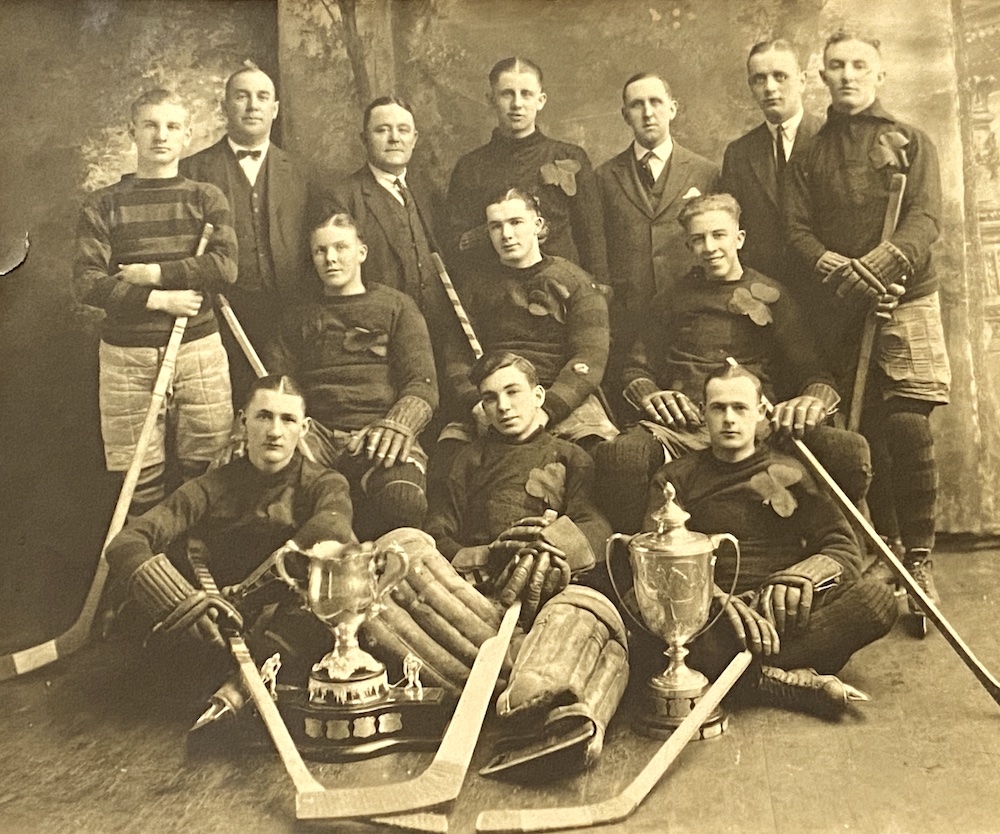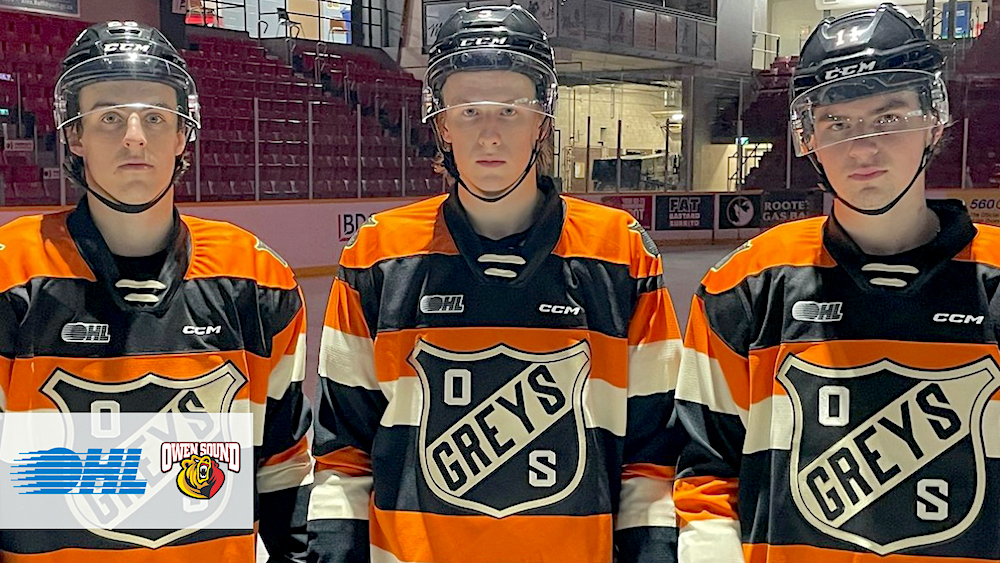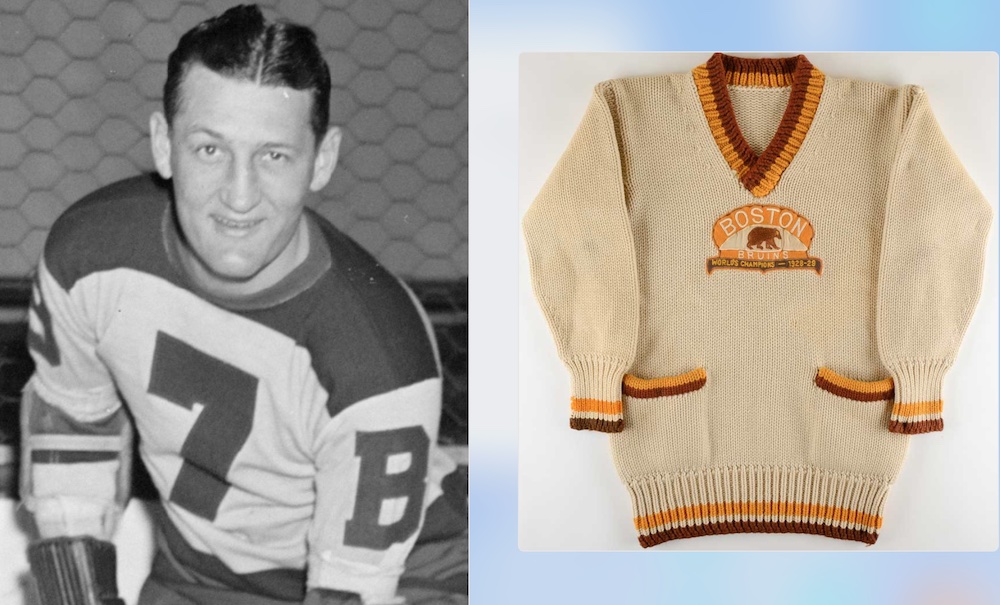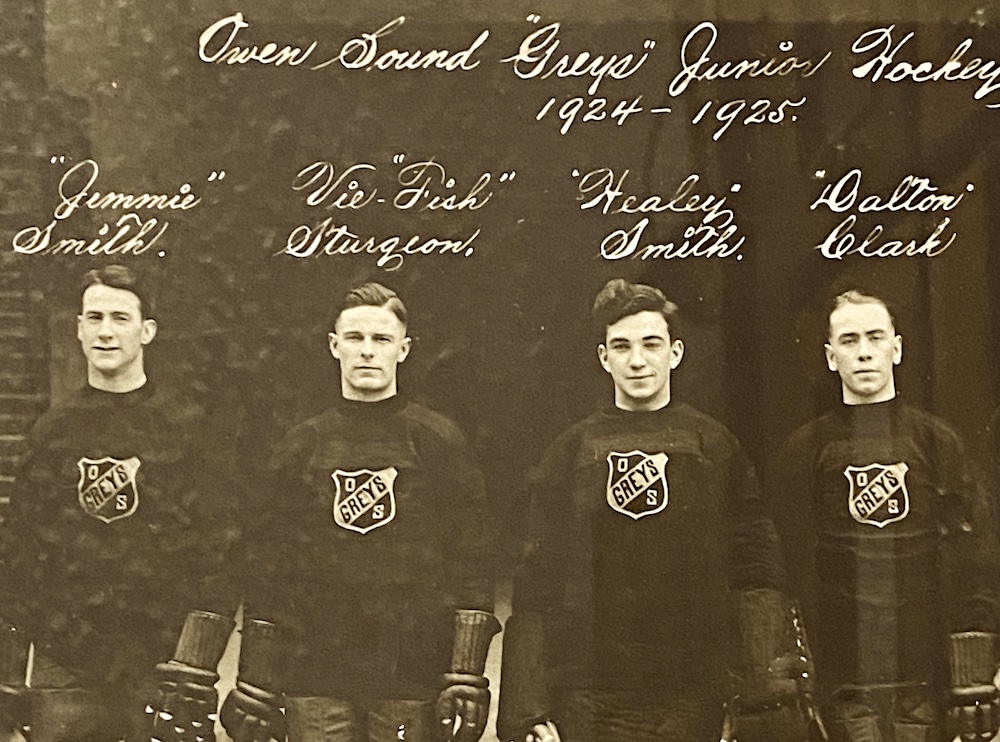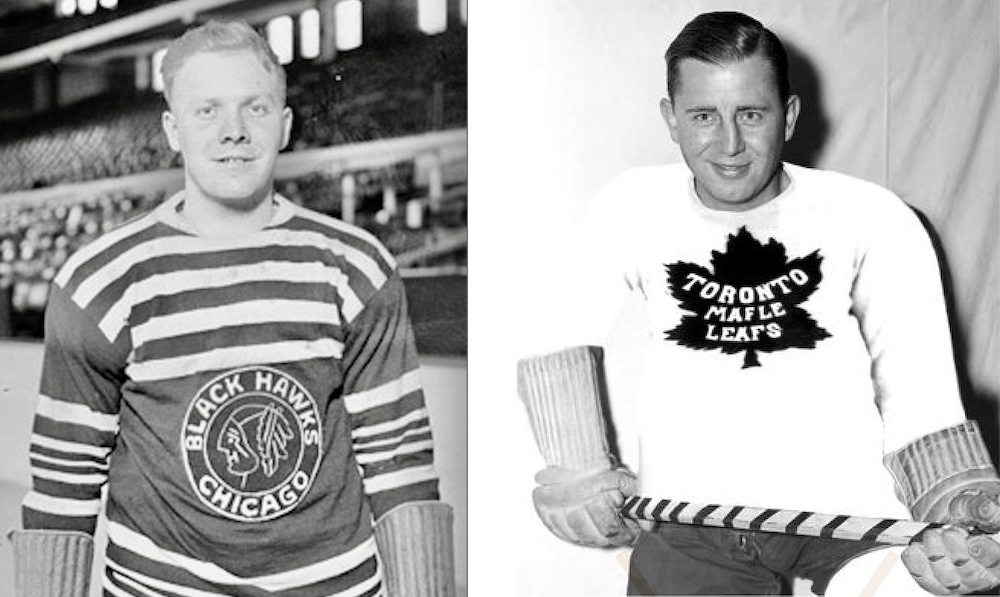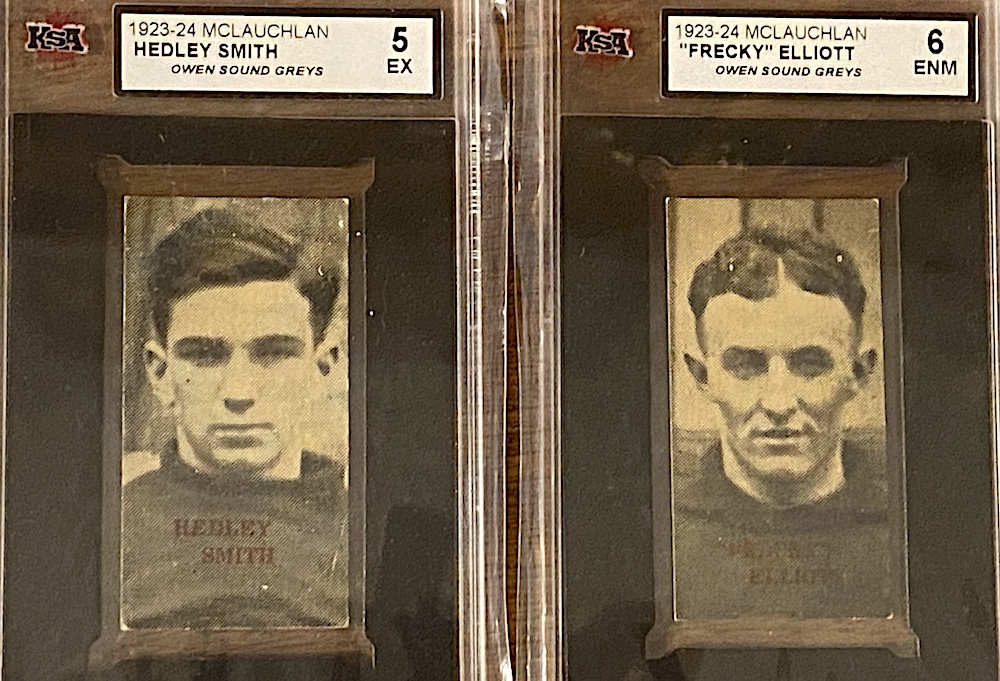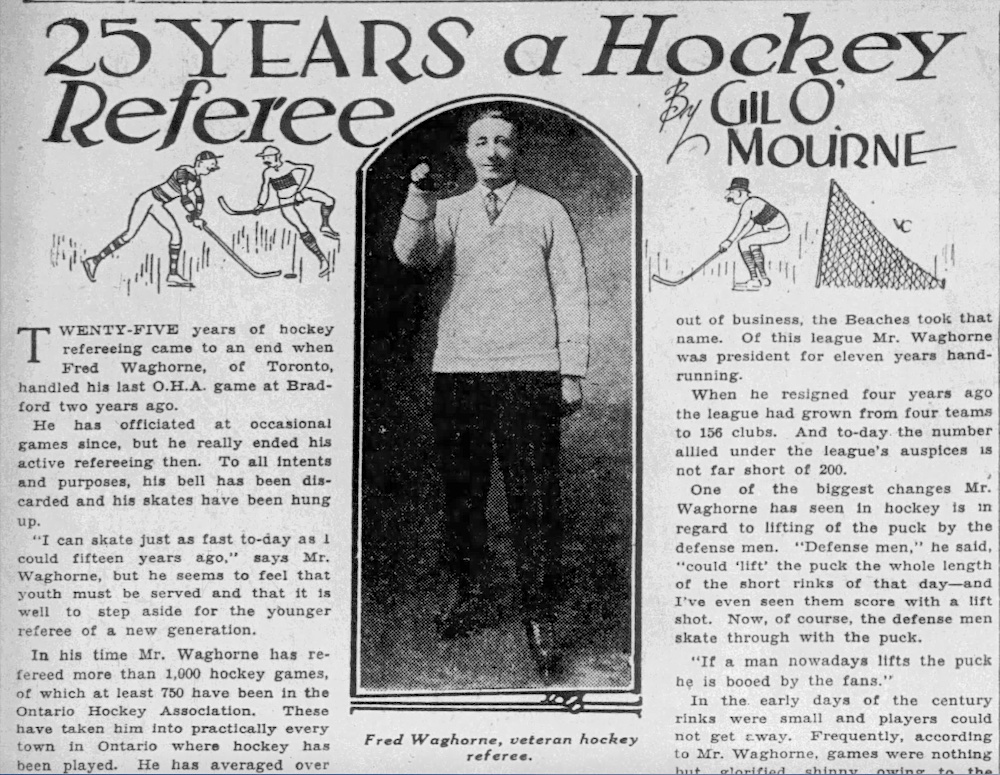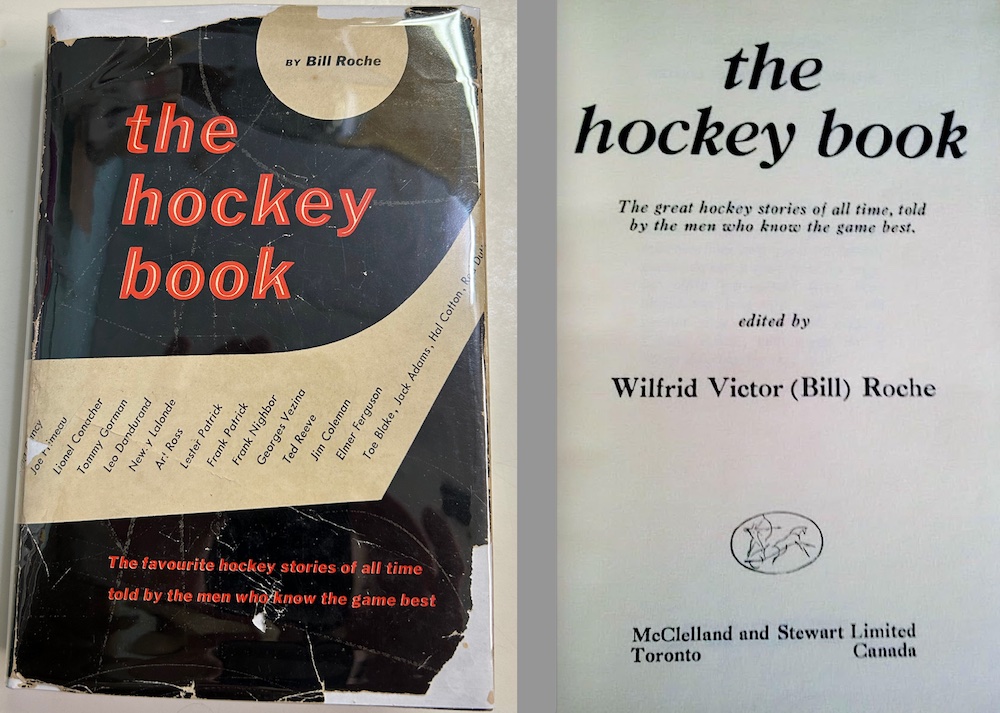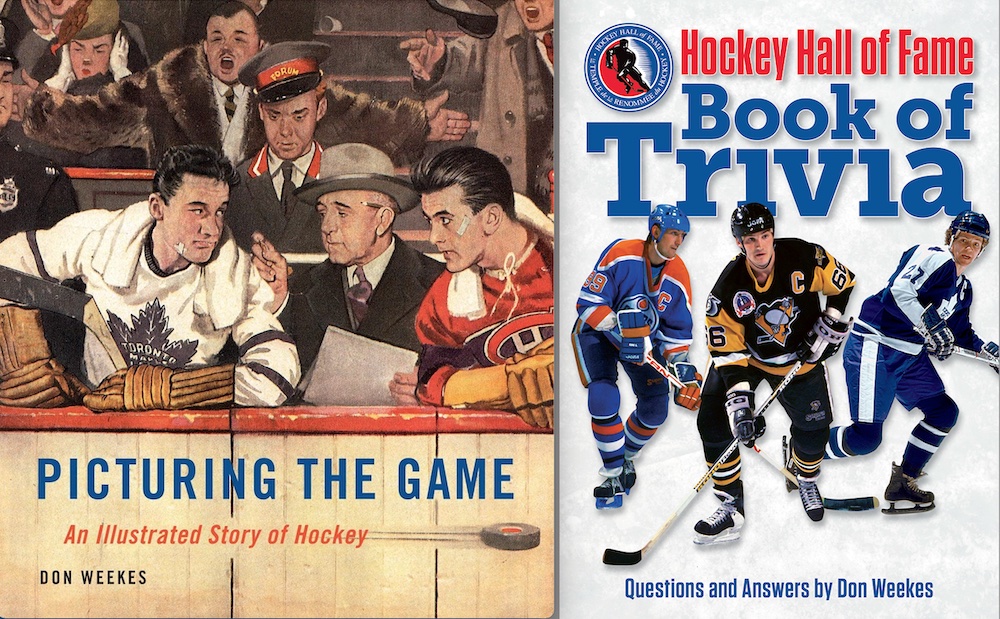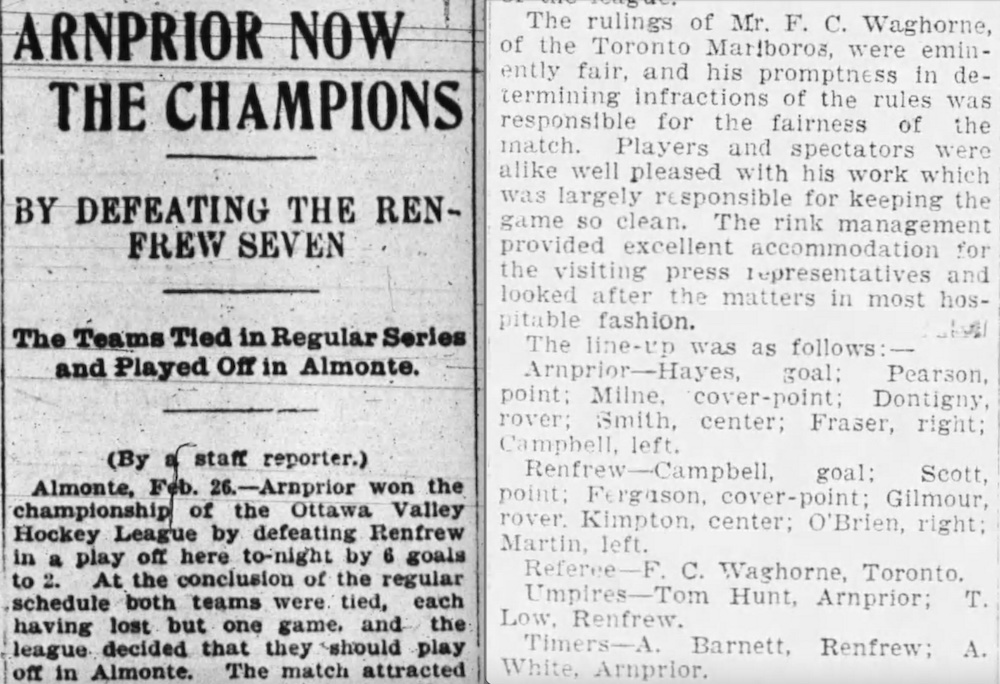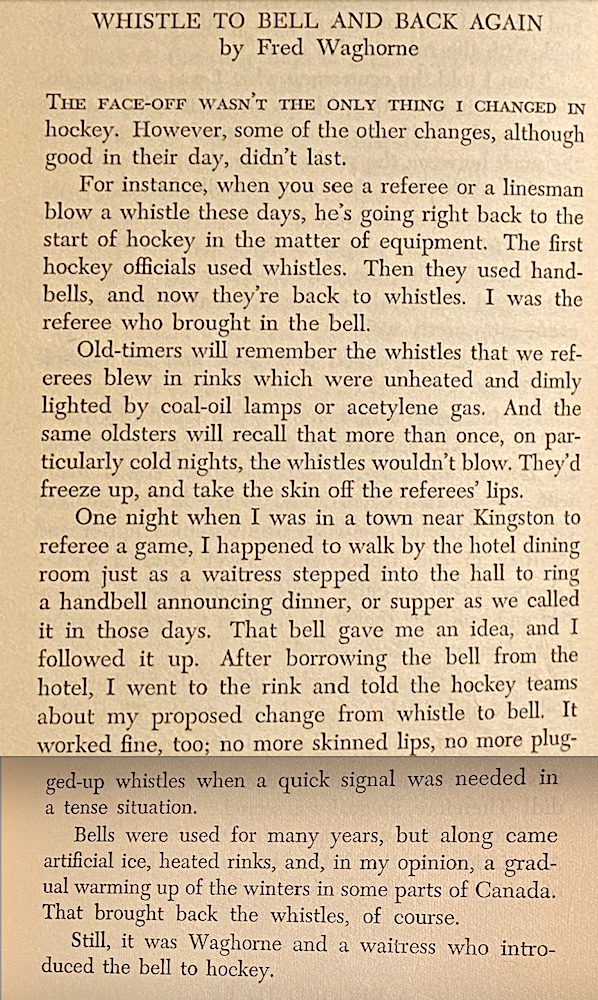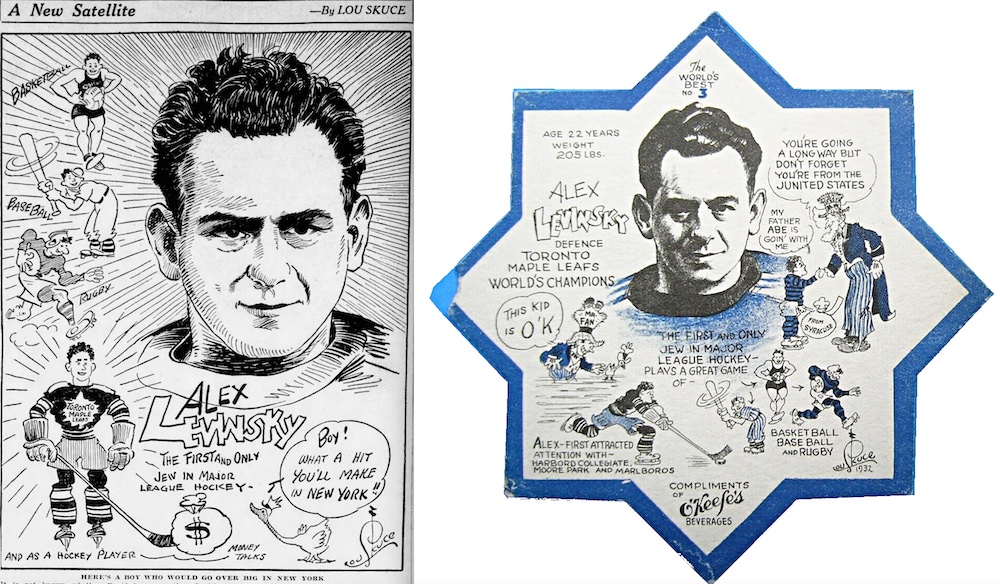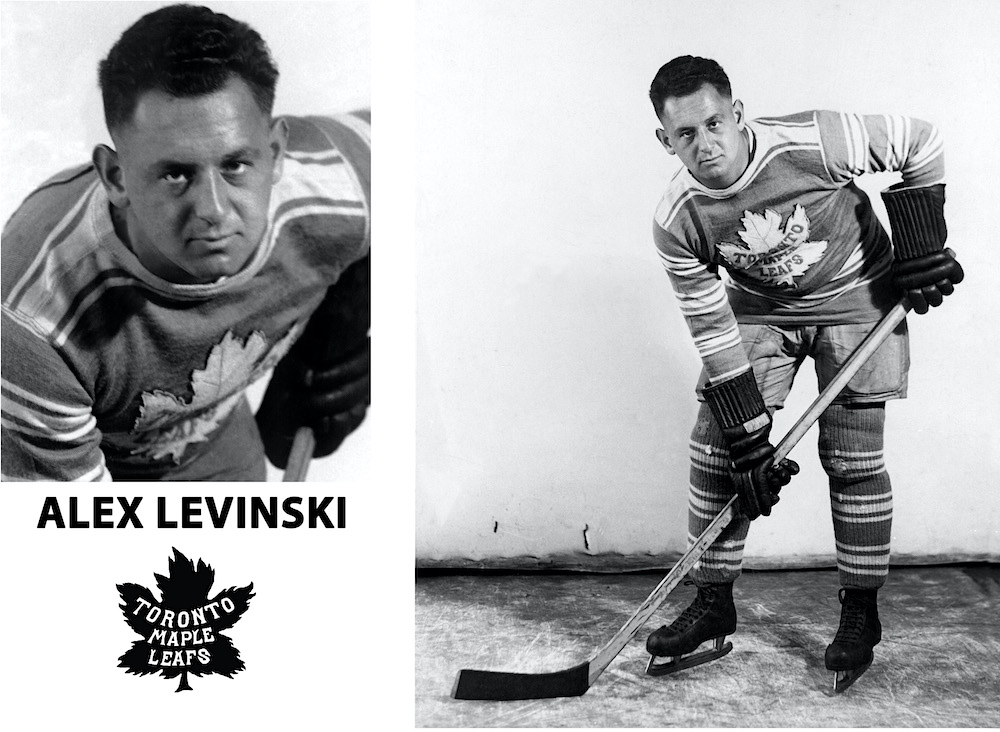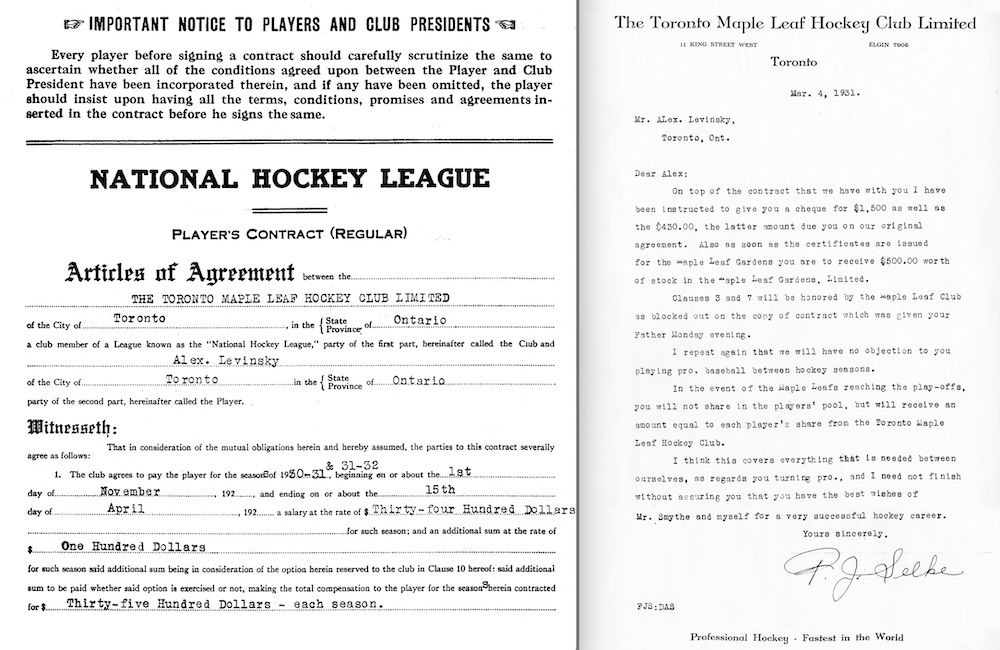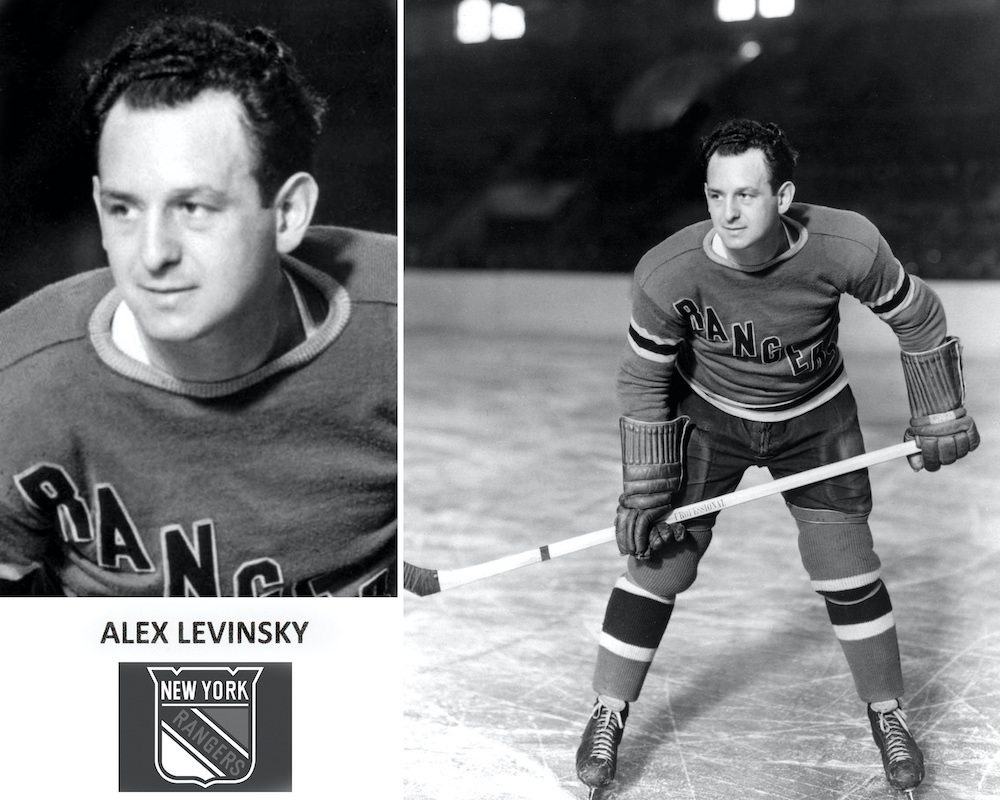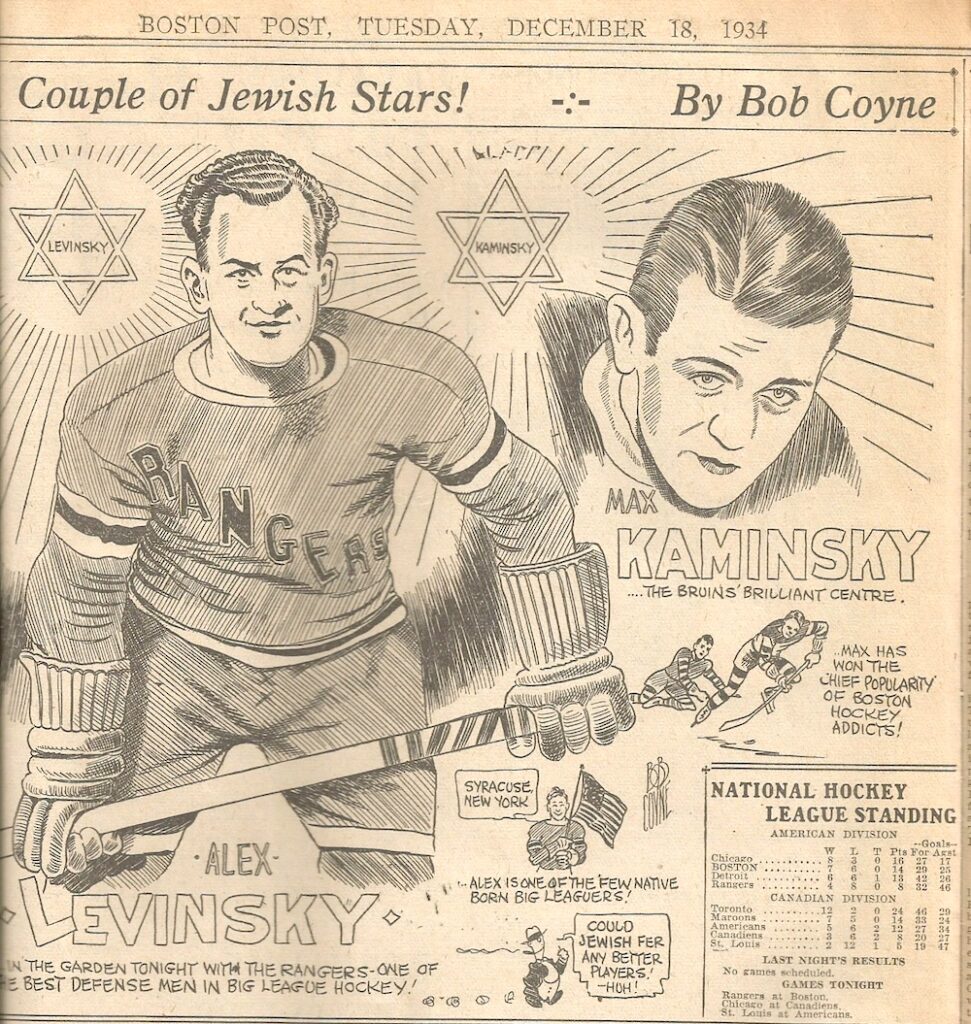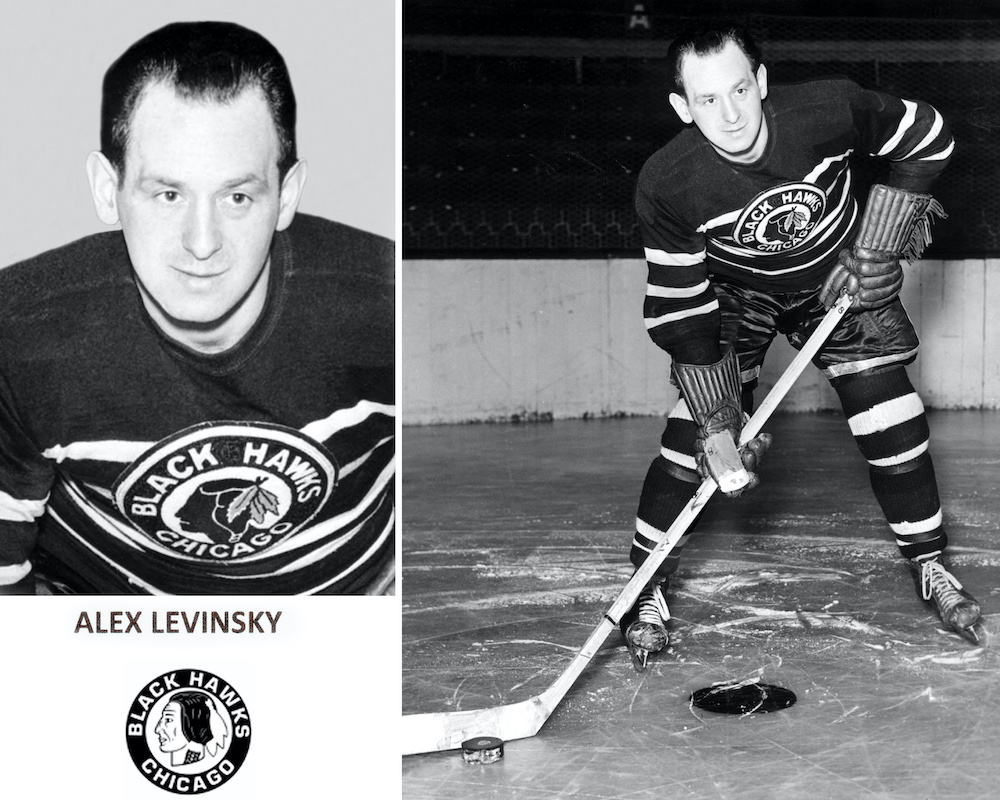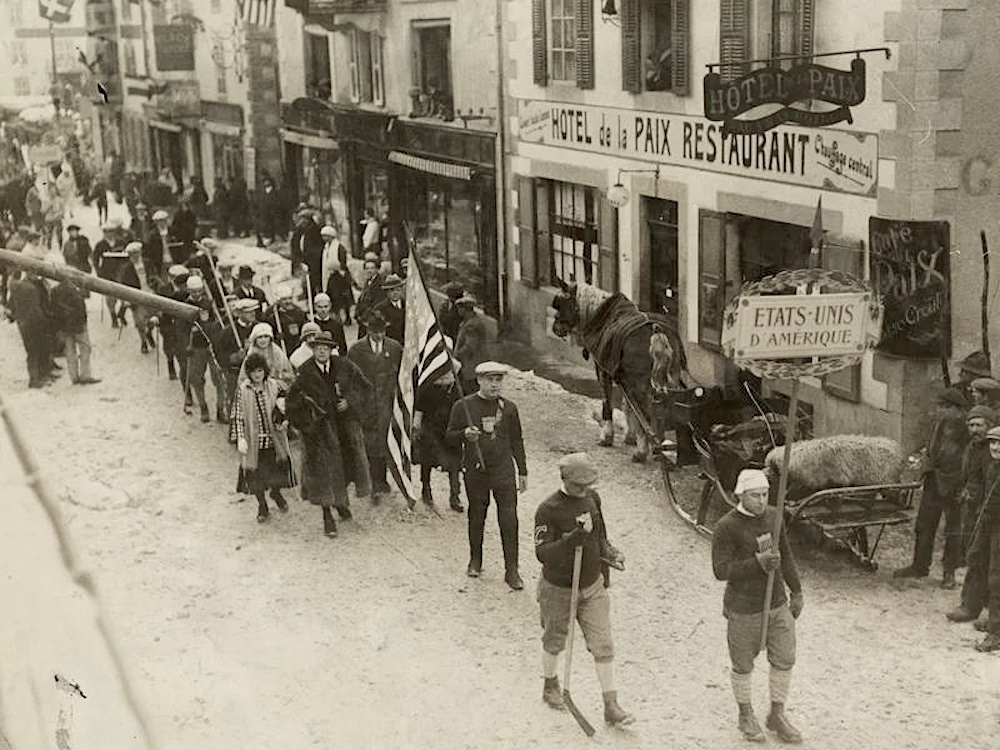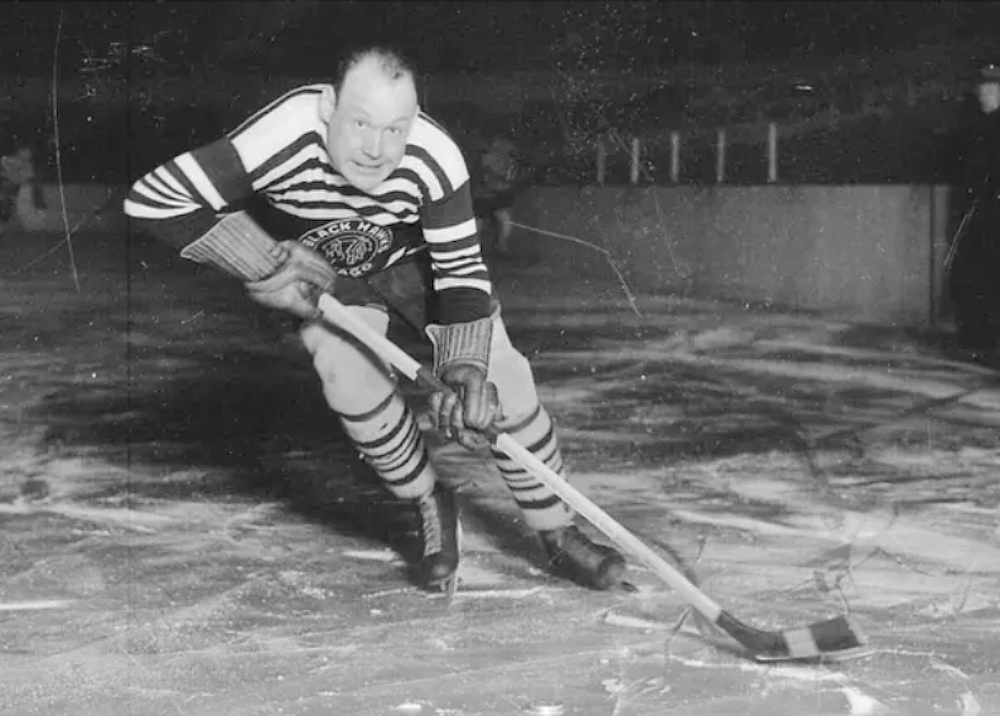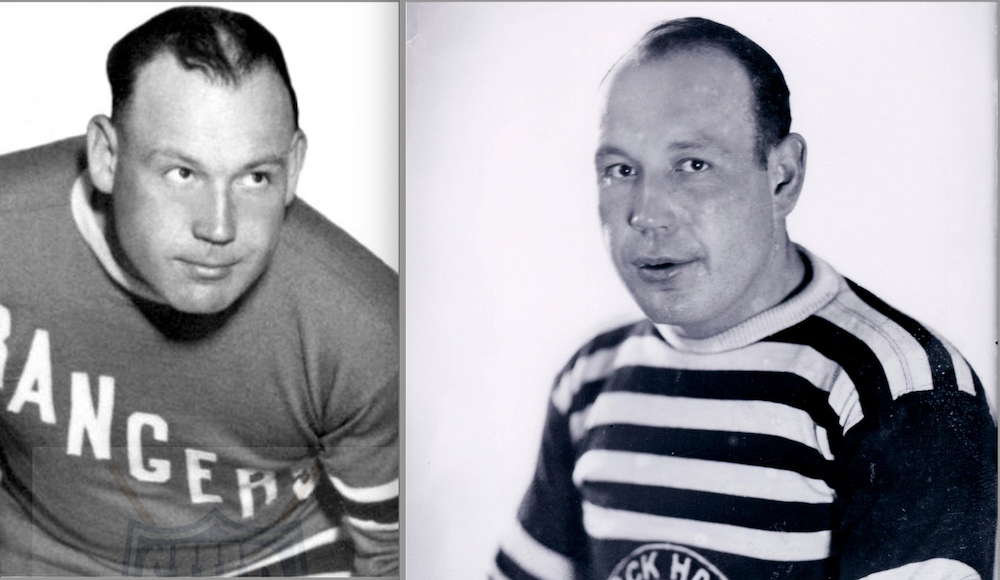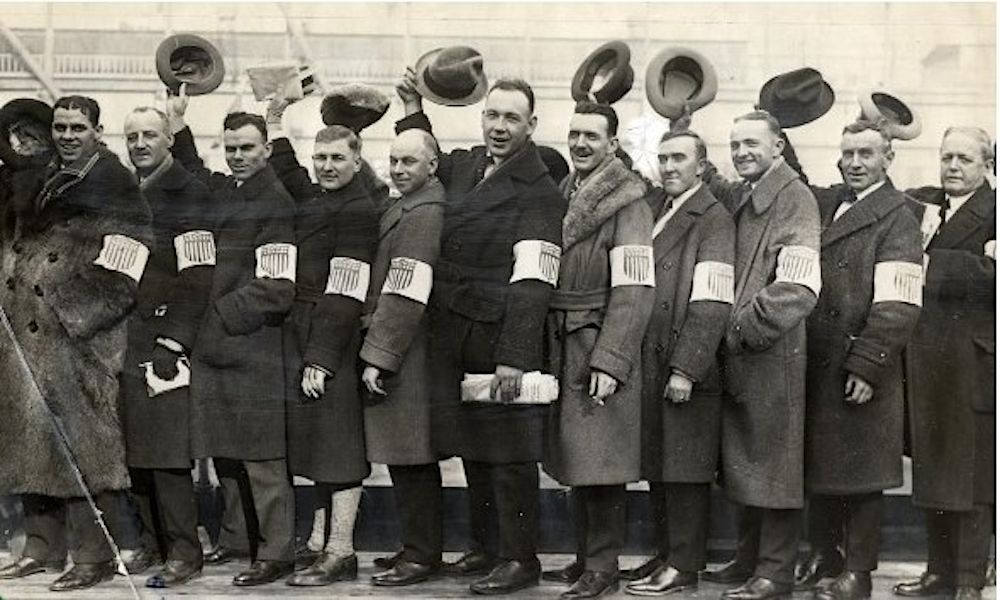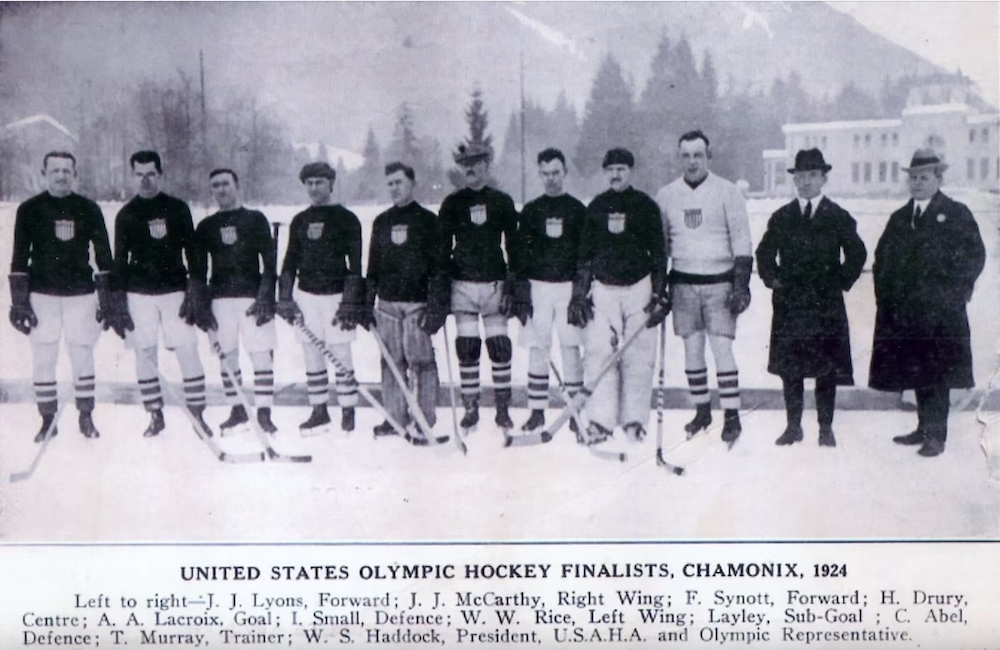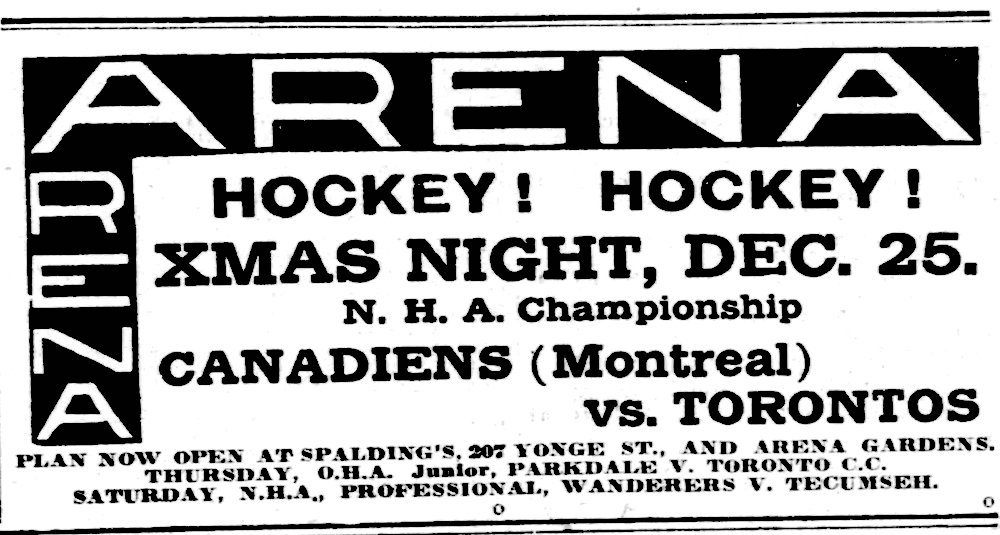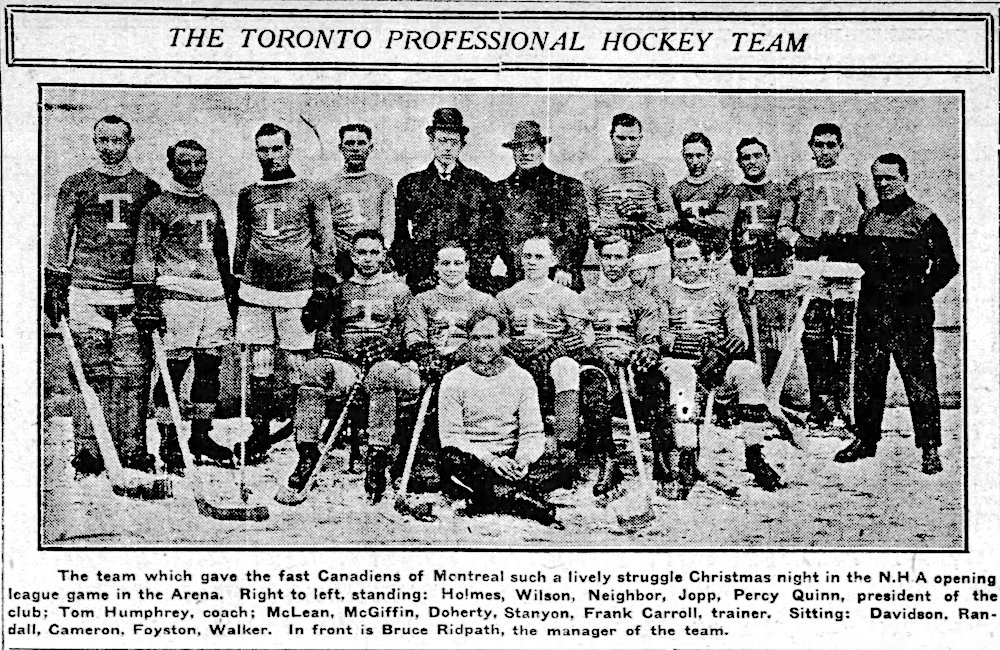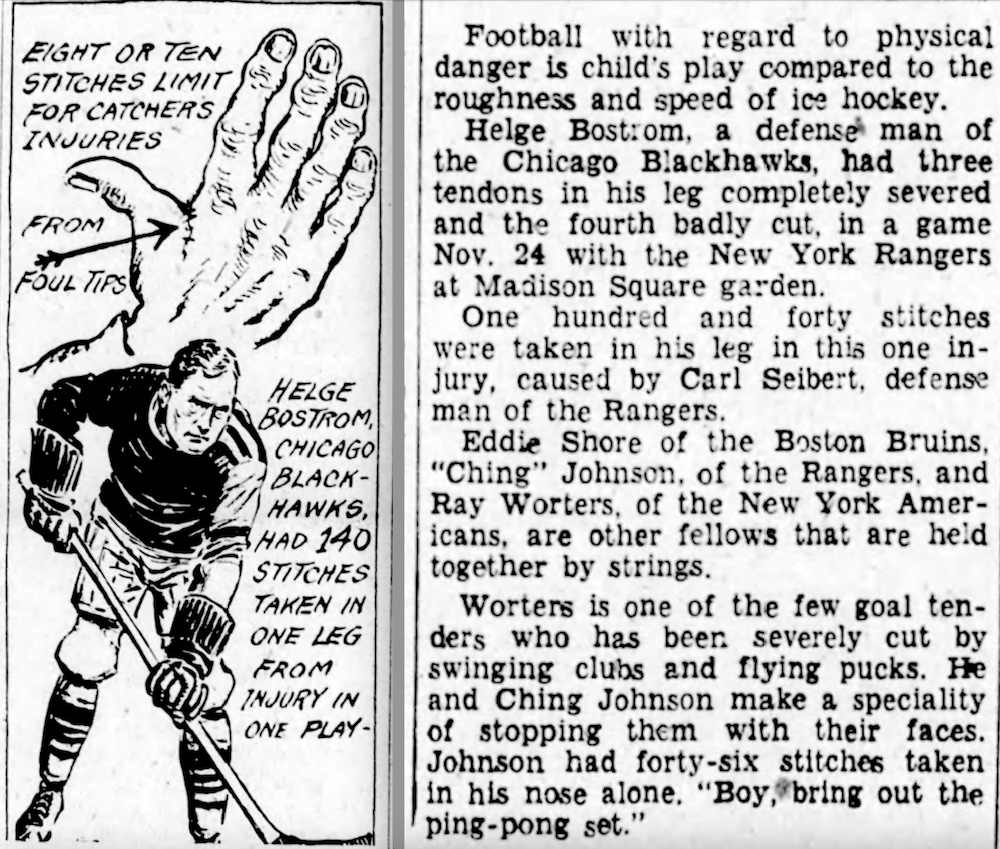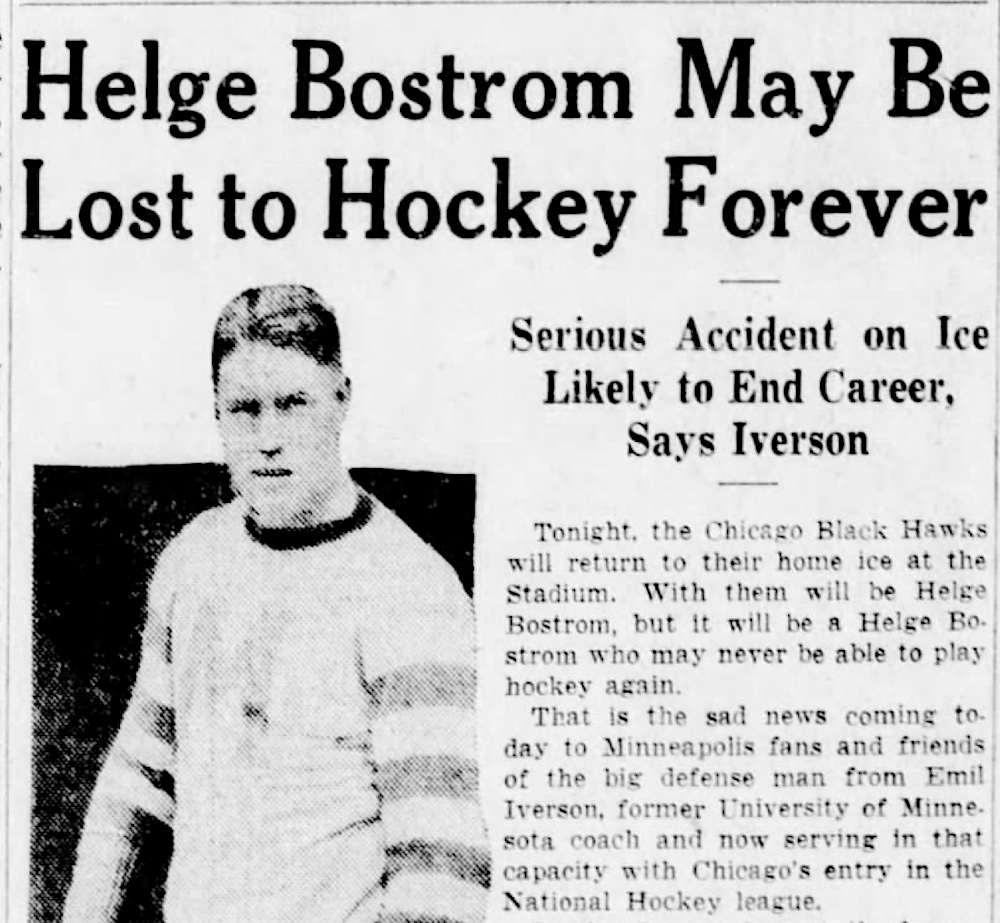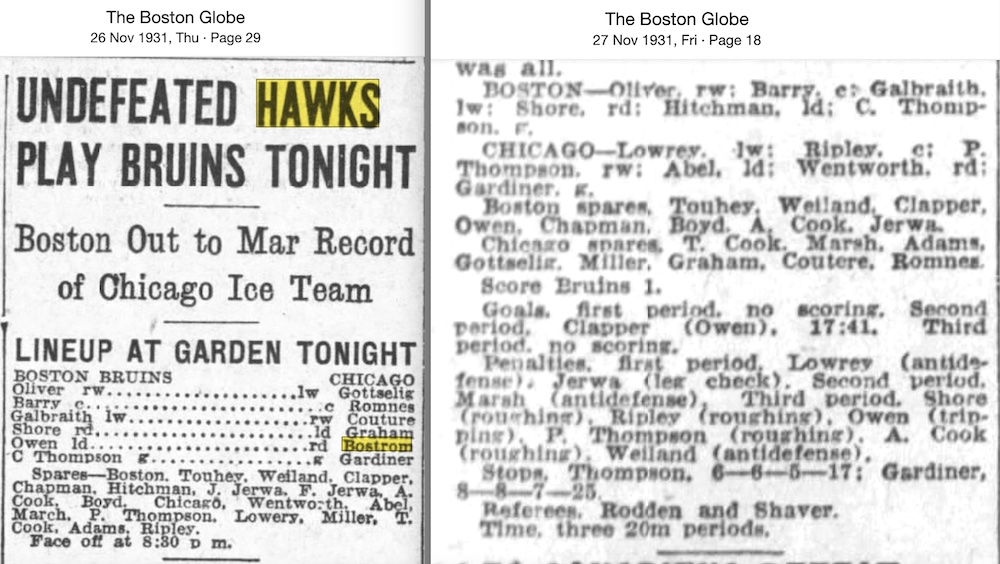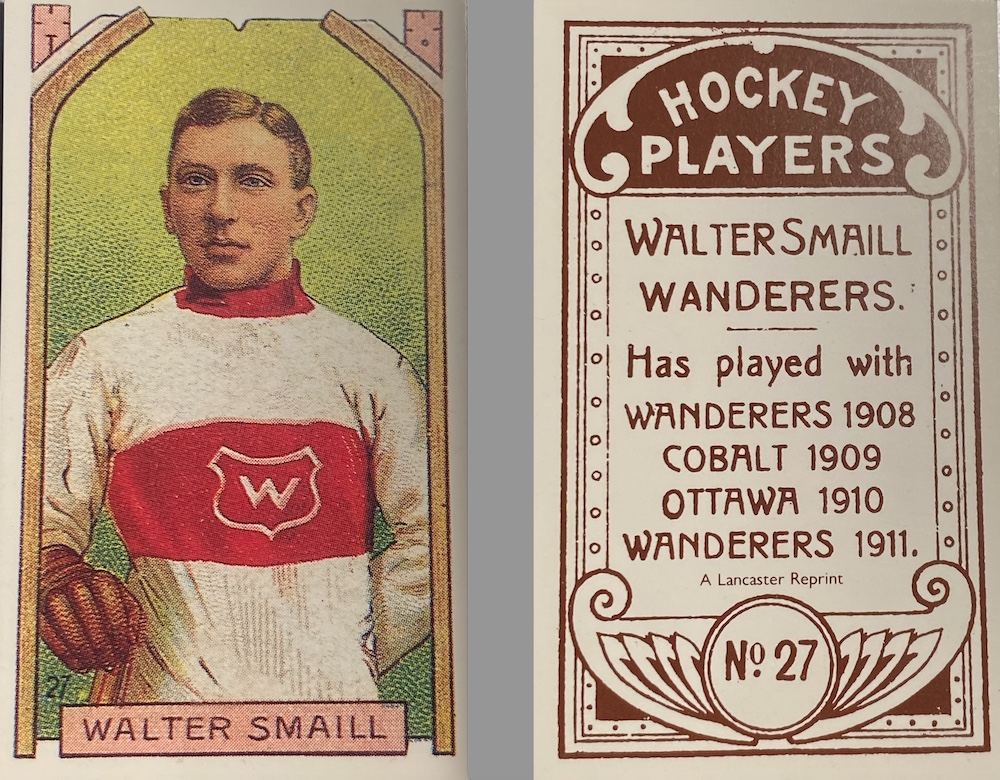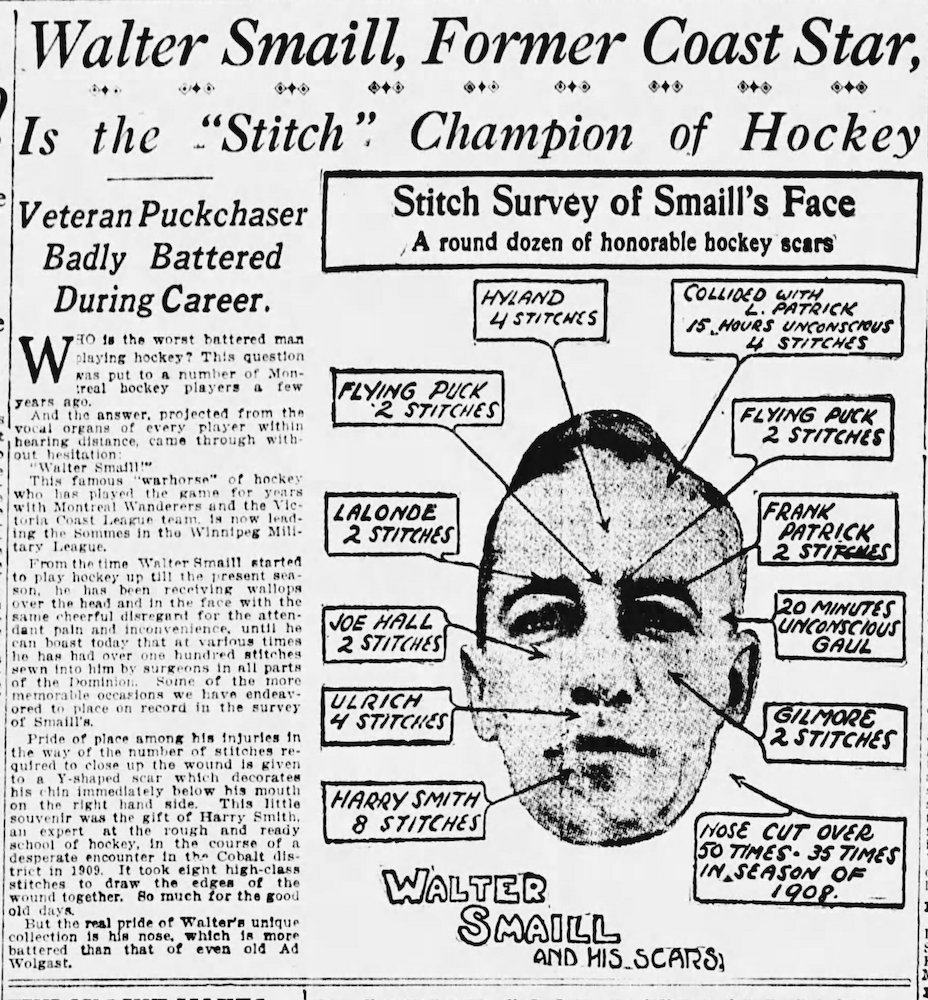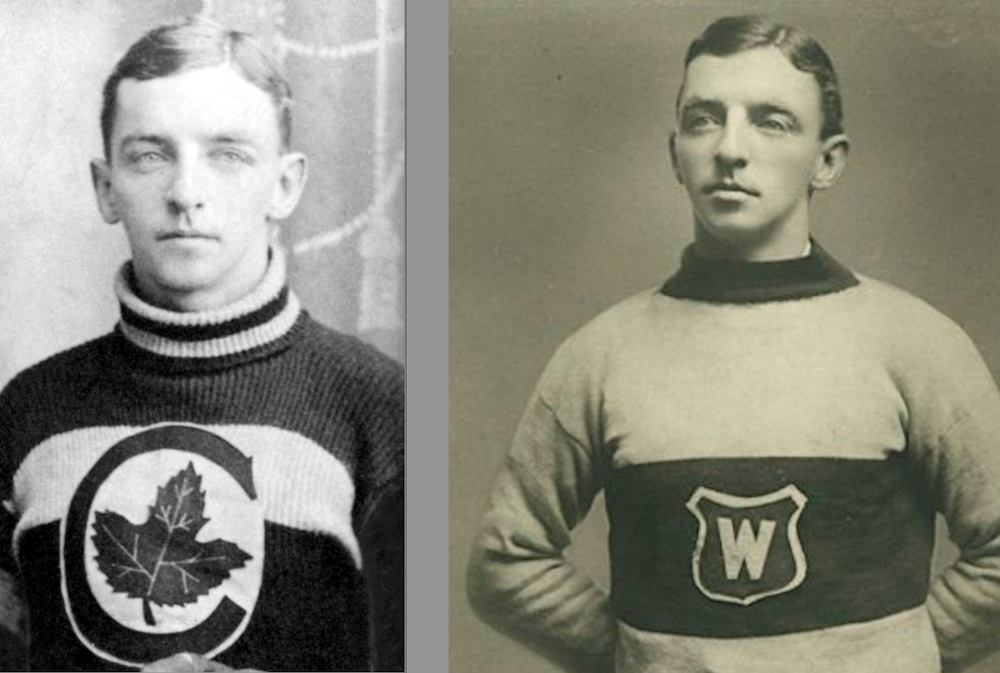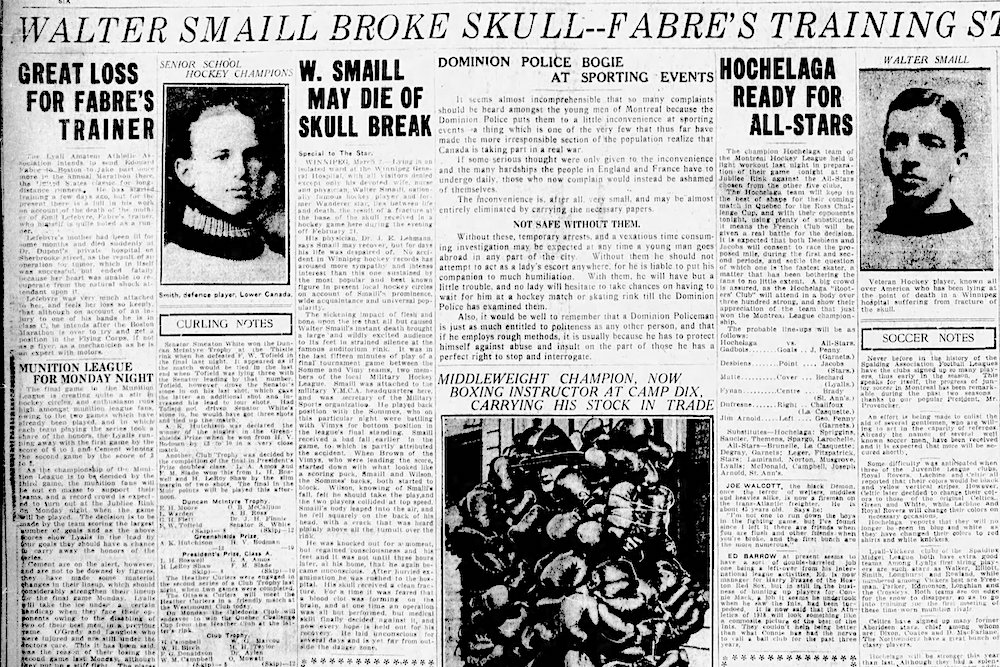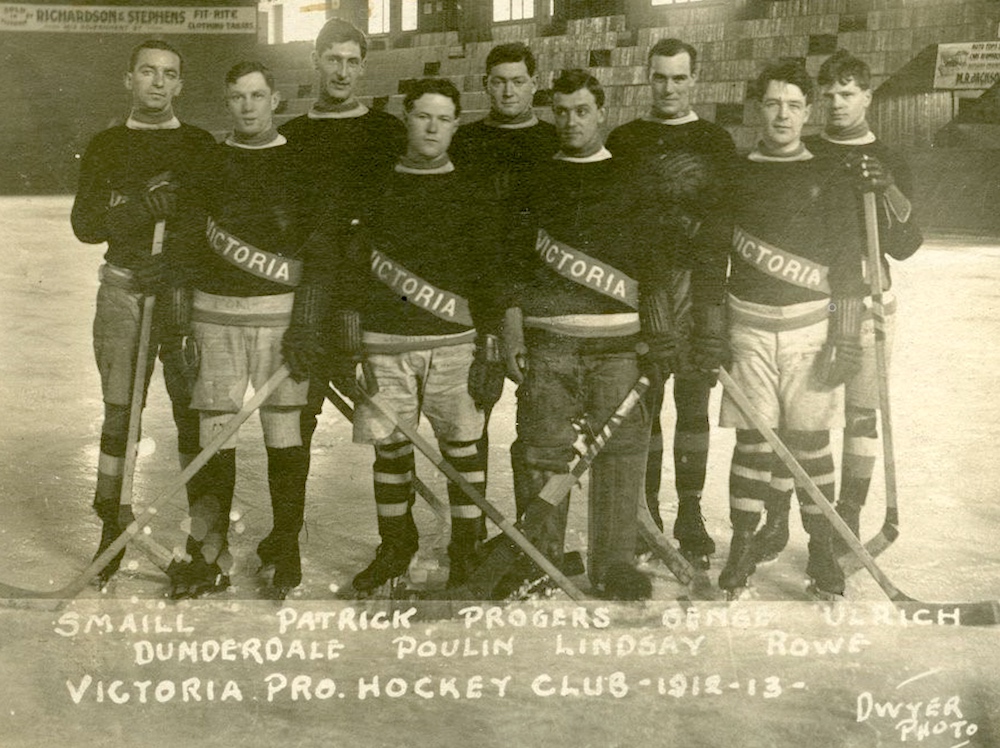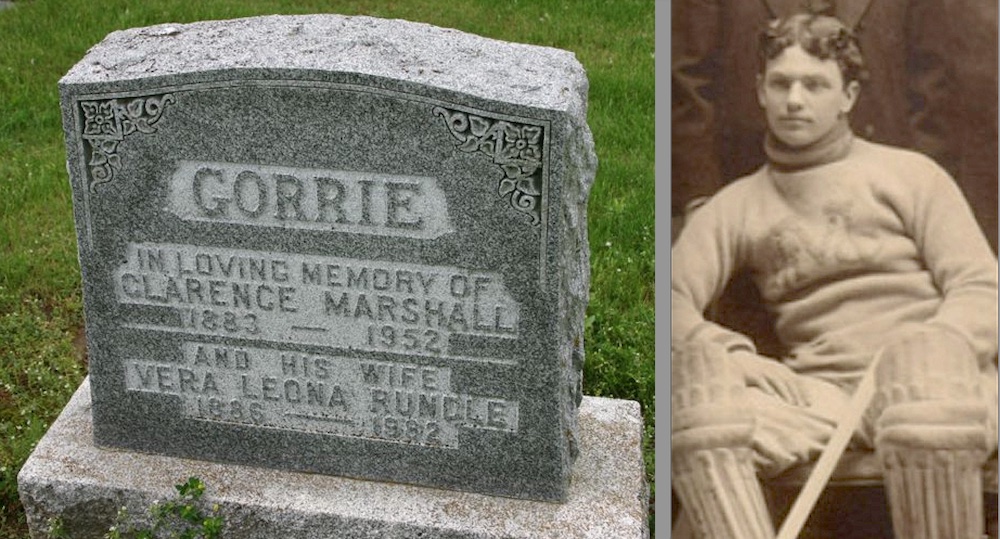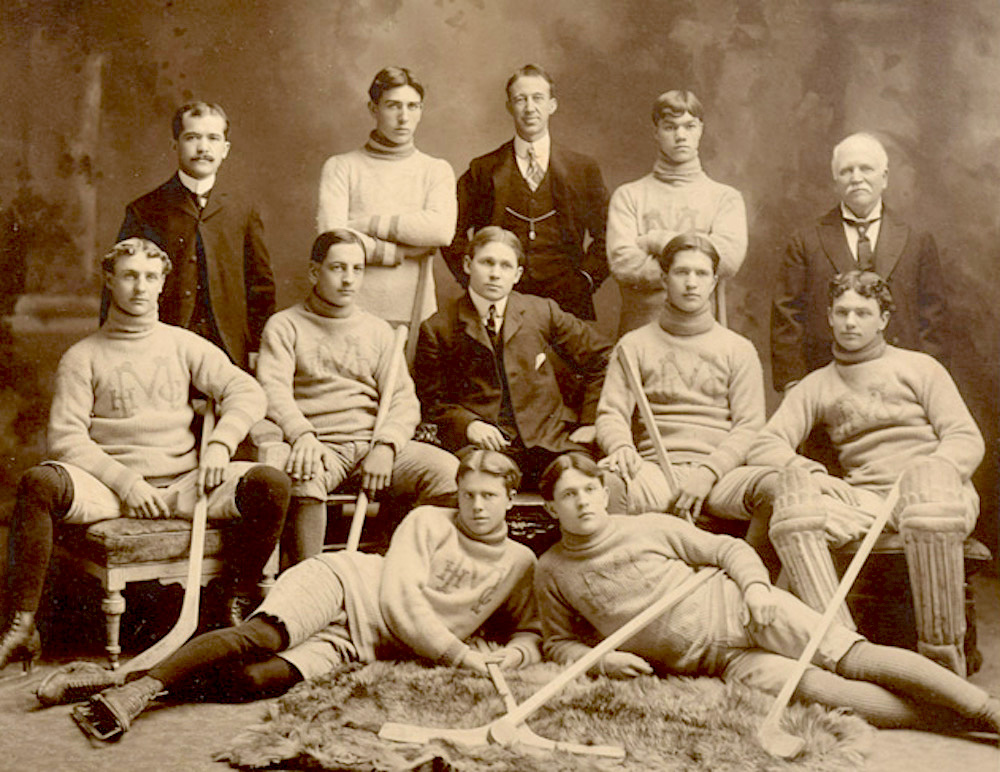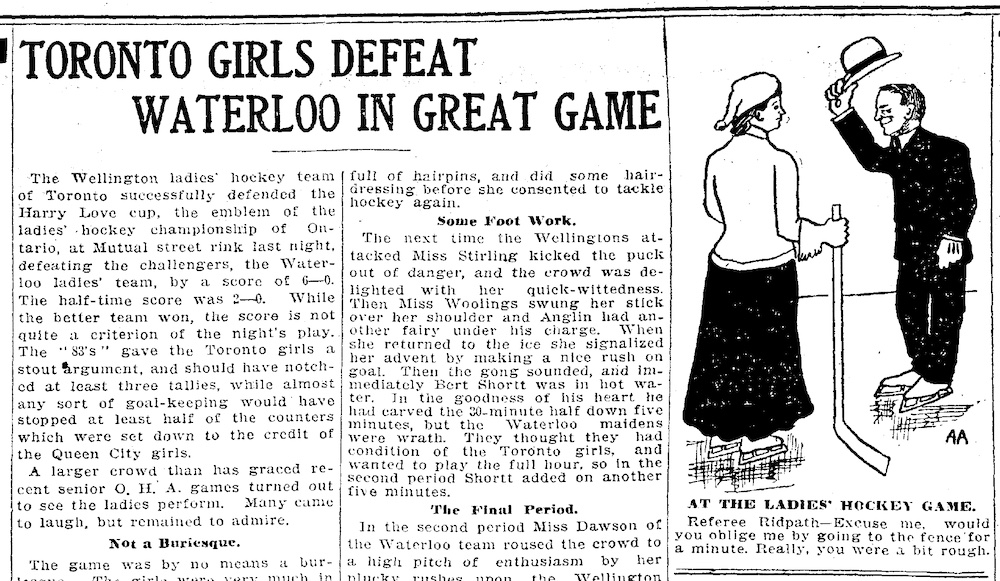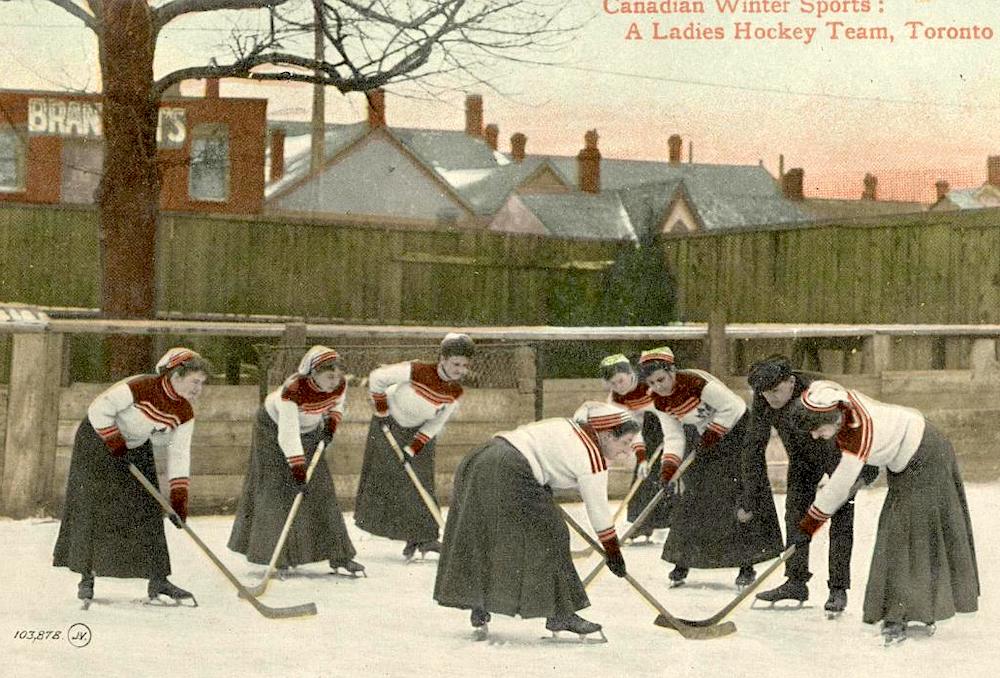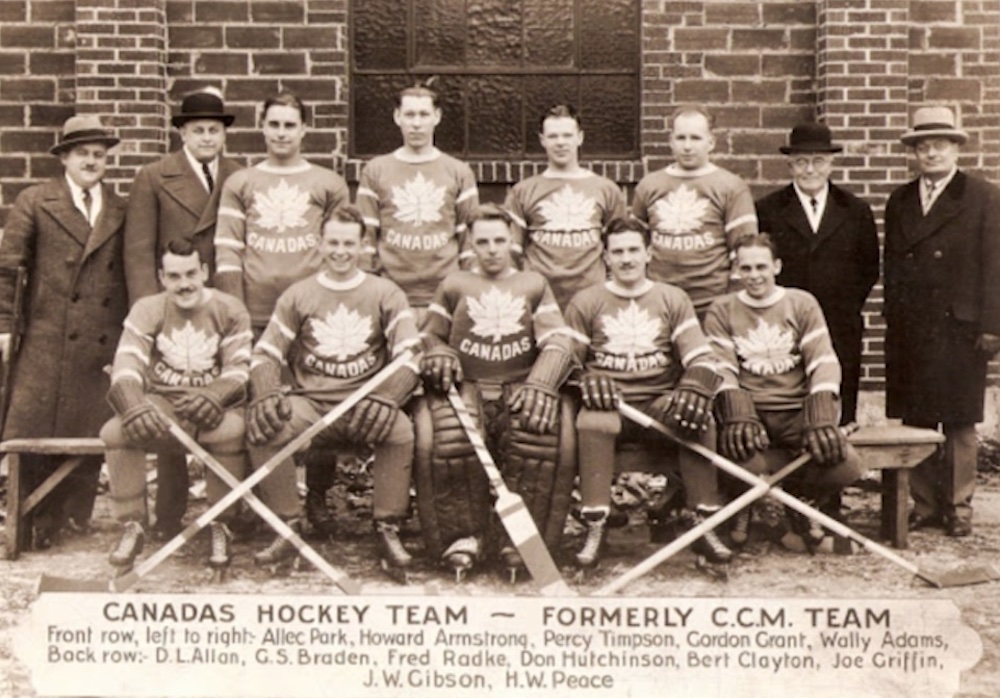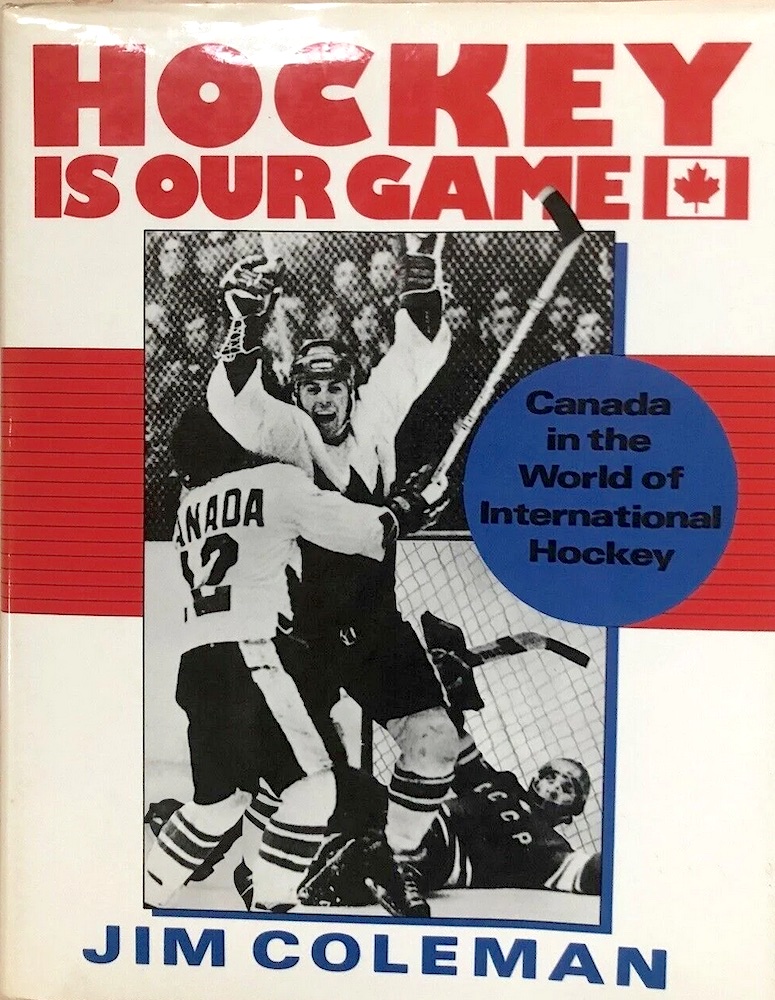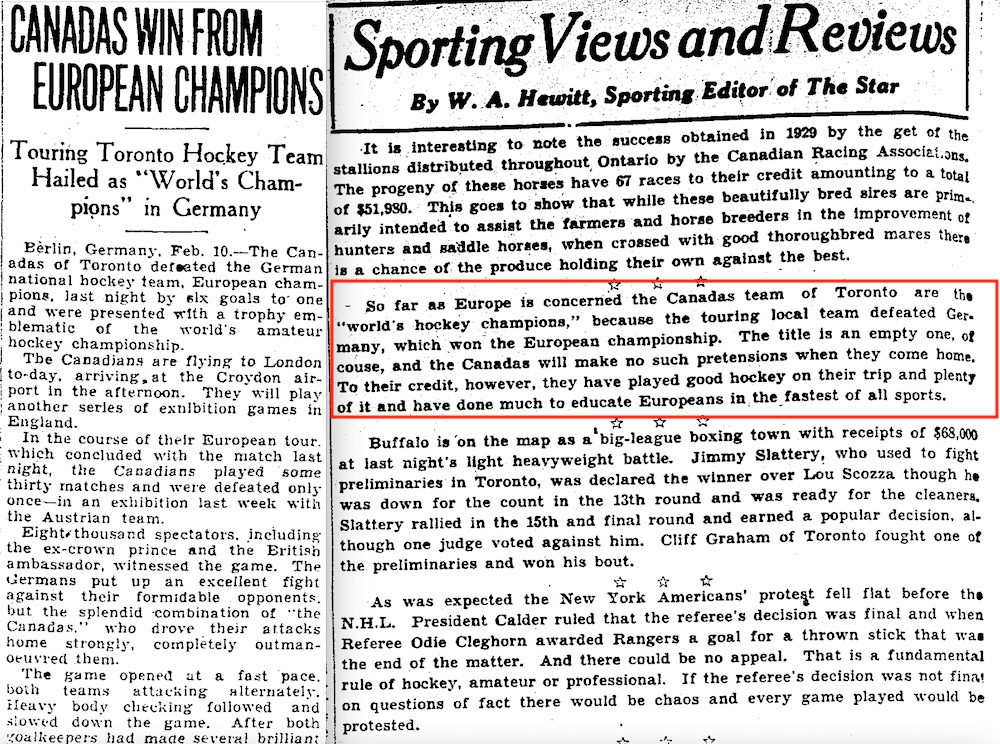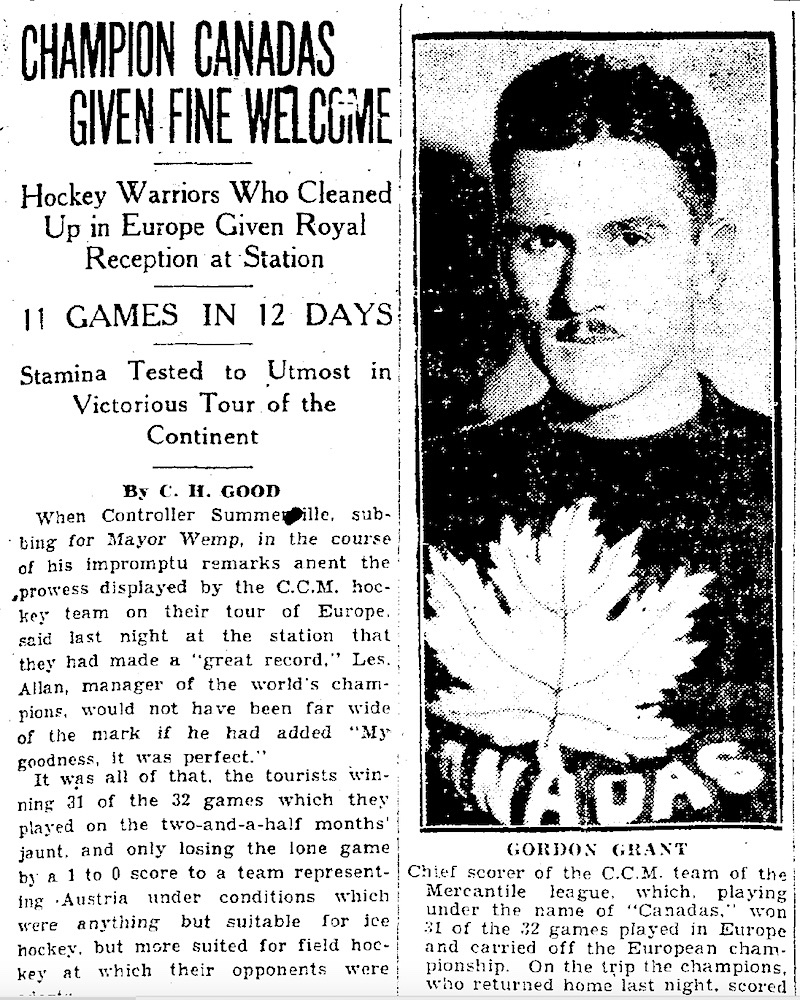The city of Owen Sound officially celebrated the 1924 Memorial Cup victory of the Owen Sound Greys 100 years ago today, on April 2, 1924. The Greys had won Canada’s national junior hockey championship on Friday, March 28, 1924. Following a 5–3 victory over the Calgary Canadians in the opener of the two-game, total-goals series in Winnipeg two nights before, the Greys claimed the title with a 2–2 tie that gave them the series by a score of 7–5.
As the Owen Sound Sun-Times reported on the morning of Saturday, March 29, the Greys “will lose no time leaving Winnipeg on their way to the old home town.” They were booked to leave the Manitoba capital via a Canadian National Railway train on Sunday morning, March 30. According to the Sun-Times, if the Greys’ train was on time, it would arrive in Toronto by 7:20 a.m. on April 1, giving the team “an hour to catch a train for Owen Sound arriving here on Tuesday at noon.”
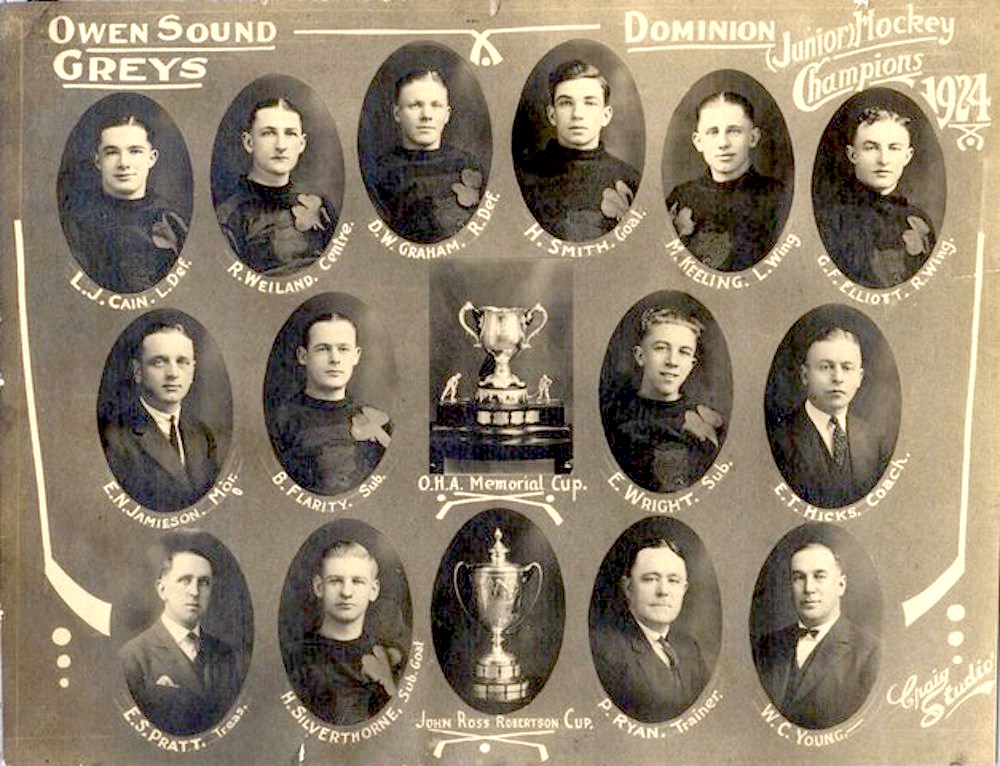
Perhaps the train out of Winnipeg was delayed because, while the Greys did arrive in Toronto on the morning of April 1, they spent the rest of the day there and stayed overnight at the Windermere Hotel. Located at 232 Jarvis Street, just around the corner from the Mutual Street Arena, the Windermere had been the Greys’ home-away-from home in Toronto throughout the 1923–24 season. (The hotel had also been home to the Sault Ste. Marie Greyhounds while they were in Toronto en route to winning the Allan Cup — Canada’s national senior championship — and was “patting itself on the back” for having hosted both teams, reported the Sault Star.)
According to the Toronto Star, “[tomorrow the Greys] will land in Owen Sound at noon, and they will get a welcome that will make the natives think Victoria Day, Dominion Day, and Christmas Day all fall on April 2 this year.”
The party started even before the Greys’ train from Toronto arrived in Owen Sound at 1 pm (not noon). As the Sun-Times reported, during stops in Hanover, Dobbinton, Tara, and Shallow Lake, there were brief receptions for the team at each station. In Owen Sound, businesses had been encouraged to shutdown from noon to 3:30, and shop fronts and store windows were decorated to mark the occasion. Every car owner in the city was encouraged to be at the train station about 20 minutes head of the scheduled arrival to form a parade to city hall.
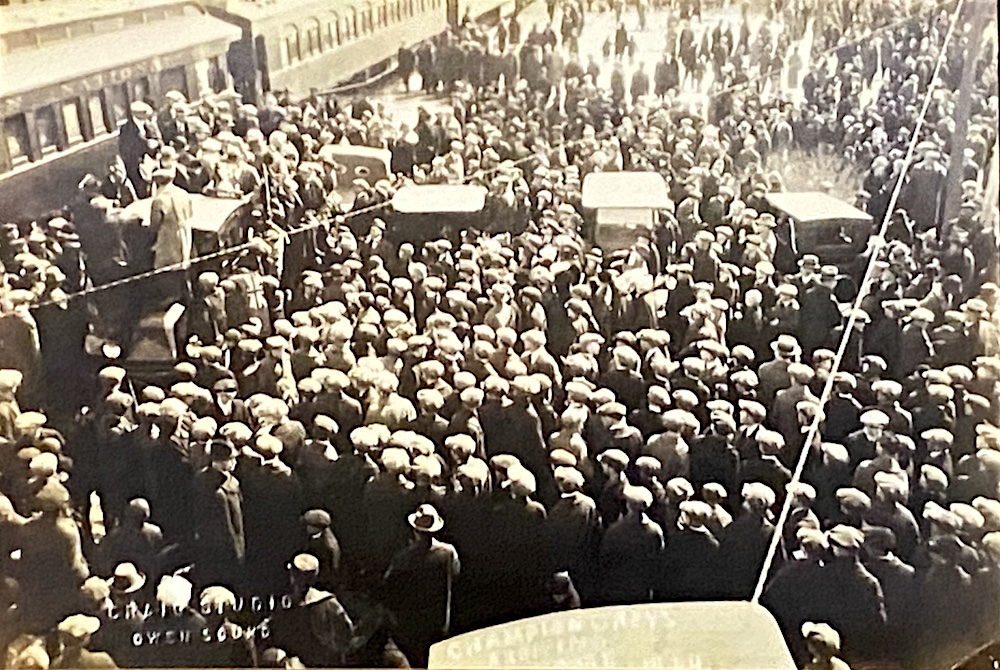
In a city of just 12,000 people, 8,000 citizens lined the parade route. As the train pulled into the station, “all the whistles in the city let loose, and the train came to a stop in the middle of a wildly cheering mob of fans.” Each player was cheered individually as they got off the train and made their way to bench seats mounted on a huge truck. “[Team manager] Jimmy Jamieson was in charge of the OHA trophy, while [coach] Earl Hicks held the Memorial Cup where all might see it.”
As the truck left for City Hall, it was accompanied by others from the city fire department “with sirens shrieking and bells ringing.” These trucks were followed by The City Band, a parade of Alderman, the Grey Regiment Highland Pipe Band, and members of the city trades and labour councils. Students from the Owen Sound Collegiate Institute surrounded the team truck and marched in the parade. The Orangeman’s Fife and Drum band headed a procession of cars bearing the parents and relatives of the players, while another Highland Pipe Band led the rest of the cars.
The bulk of the large crowd was already waiting in the Market Square behind City Hall. “All pent up enthusiasm which has been welling in the hearts of people was let loose when the truck came to a stop and led by Mayor Christie cheer after cheer rent the air, and when they were through cheering someone started it again, and another series was given and by the time the crowd became quiet the truck was completely surrounded, and jammed in so thick that it was impossible to make a move.”
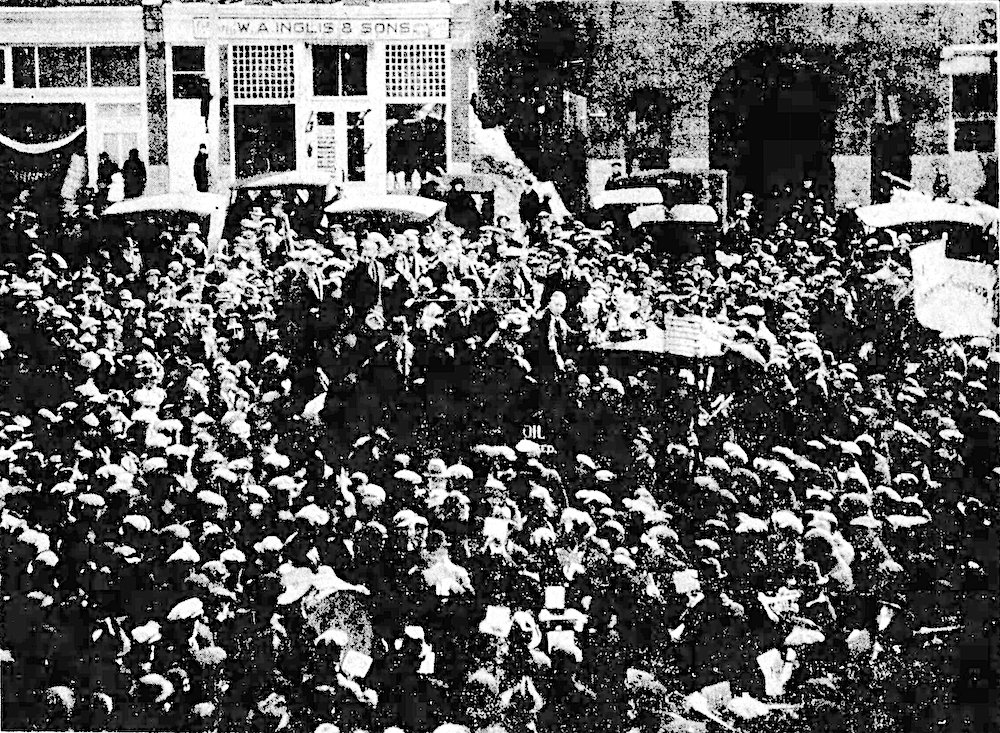
Mayor W.J. (William James) Christie made a short speech, which was followed by another from the president of the Board of Trade, former mayor William T. Harris. “Everybody is happy, and why not?” Harris shouted. “Everybody is glad they are Owen Sounders, and why not? We are proud of the Greys, and why not?”
Then, manager Jimmy Jamieson was called on to speak on behalf of the team. Before he could, the fans shouted for Hedley Smith, the 16-year-old goalie who was recognized as the star of the final game. Smith was “forced to stand up on top of the hood of the truck, where everyone could get a good view of him, and he was cheered to the echo by the enthusiastic crowd.” When Jamieson’s speech ended, and the event broke up, “Smith was carried to a waiting auto on the shoulders of a number of his admirers, and was soon on his way home, as were the other members of the team.” The reception was then brought to a close by the singing of the National Anthem.
That evening, city council hosted the team and local family members for a dinner at the Paterson House hotel beginning at 6 o’clock. At 8 p.m., a series of events were staged at three local theaters — the Opera House (now the Roxy Theatre), the Classic Theatre, and the Savoy Theatre — with songs and speeches. The players put in an appearance at each show, and apparently were presented with commemorative pocket watches from the city at each of the first two stops. It was all a fitting conclusion to a season that had seen Owen Sound give its team tremendous support all the way to the Memorial Cup.
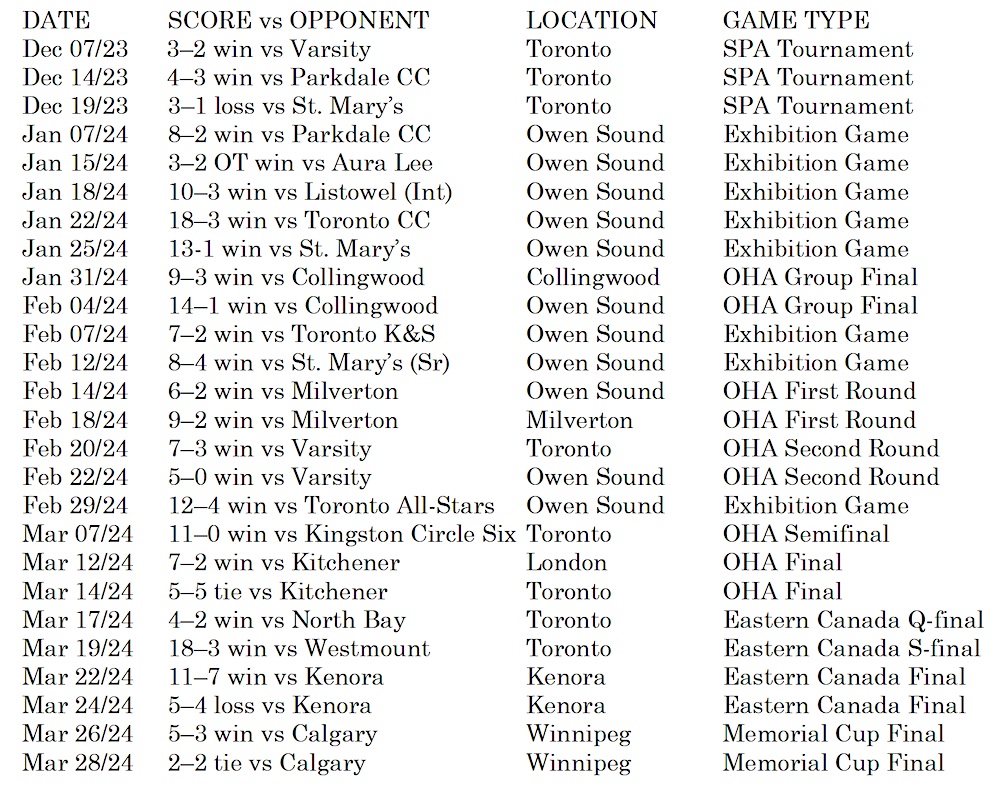
It’s not clear what the capacity was at the Riverside Arena, where the Greys played their home games. Built between September and January of 1912–13 (and destroyed by a fire in 1944), the Riverside Arena — located near the current site of the downtown Shoppers Drug Mart at 10th Street and 1st Avenue West — was the city’s main hockey rink until the Owen Sound Arena was built in 1938. Even so, pictures and information are hard to come by. A story from 1921 notes a capacity crowd of “about 2,000 people” at a game that season, so we can assume the Riverside Arena held about that many fans. Perhaps a few more than that had been sneaking in to some of the Greys’ 11 home games in 1923–24.
“Owners of ladders in the vicinity of Riverside Arena have been wondering lately where their property has been vanishing to,” reported the Sun-Times on February 5, 1924. “They found out today when a collection was rounded up around the rink. The youngsters have been borrowing the ladders for the purpose of watching the hockey matches free of charge. They set the ladders to the windows just back of the balcony and manage somehow to clamber in. The rink management figure if they can keep tab of the ladders they can solve the problem of non-paying spectators.”
With the majority of their games on the road during the 1923–24 seasons, Greys fans were known to ride the rails to Toronto in large numbers to take in the games there. In fact, after winning the OHA championship against Kitchener in Toronto, Mayor Christie declared a half-holiday in Owen Sound three days later (March 17, 1924), so those who wished to could leave work early to catch a train to Toronto for the Greys one-game playoff that night with the champions of the Northern Ontario Hockey Association, the North Bay Trappers. The Sun-Times on game day noted that 200 fans had left for Toronto on the early train, and with the half-day holiday, it’s not unlikely that more made their way there on a later train. “Tonight will look like Grey Country night in Toronto,” the paper said, “and if the Greys win it will sound like it too.”
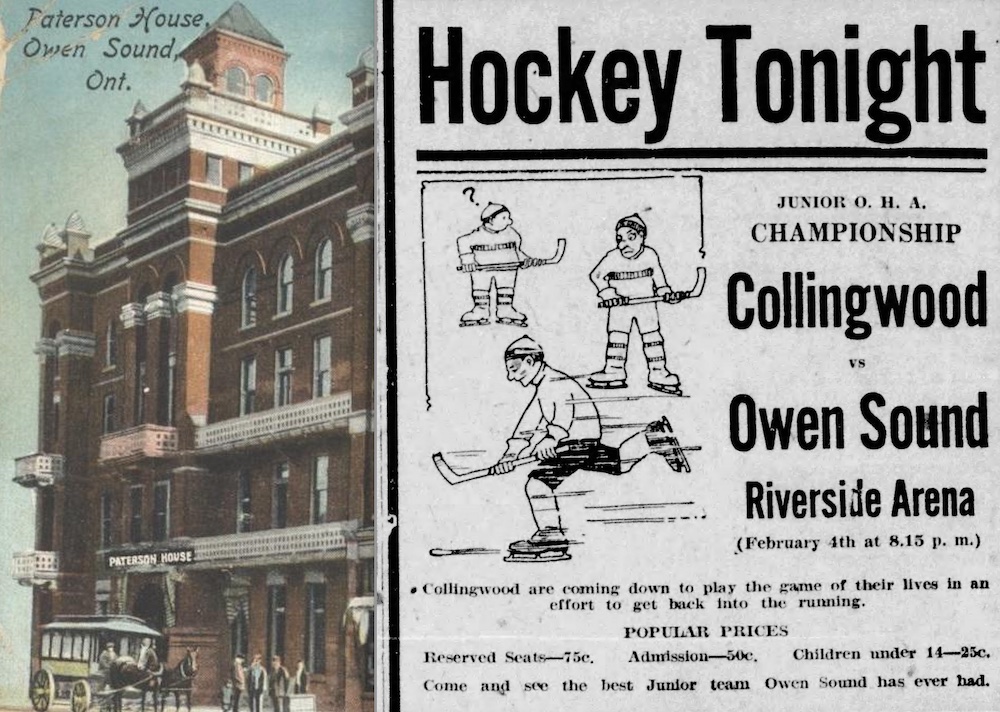
An ad for the Greys home game on February 4, 1924.
The Toronto Star noted that attendance for the Greys–Trappers game was the largest of the season in Toronto, “amateur or professional,” although no numbers were reported. (The Mutual Street Arena held about 7,500 for hockey.) North Bay led 1–0 early and 2–1 until midway through the second, but third-period goals from Owen Sound stars Cooney Weiland and Butch Keeling (his second of the game) proved the difference. As the Greys held on for a 4–2 victory in their toughest game of the season to that point, The Globe reported that “Owen Sound supporters kept up a continuous din and noise during the last seven minutes. They knew that their favorites were ‘in’ and that North Bay was fighting a losing cause.”
Those who stayed behind in Owen Sound followed the game through a bulletin service provided by the Sun-Times and celebrated the victory with bonfires and fireworks. When the team returned home the next day, the town was decked out in flags and bunting and 5,000 fans were on hand to greet them. A day later (March 19), it was back to Toronto to face the Quebec champions from Westmount High School. Junior hockey in Quebec was believed to be weak, and no one expected much of a contest, so the crowd in Toronto was small that night. Still, the 18–3 romp for the Greys — behind eight goals from Keeling — must have been a surprise.
After the game, the Greys went directly from the arena to Union Station, where a train due to leave at 10:45 was delayed about 15 minutes to wait for them. The team was heading directly to Winnipeg, where they would arrive nine hours behind schedule around 11 p.m. on Friday night, March 21. Before playing for the Memorial Cup, the Greys had to catch another train at 9 a.m. the next morning to make a short trip back to Ontario to face the Kenora Thistles, who were champions of the Thunder Bay District. Game one in that series was on Saturday night, March 22, at 8:30 Central Time.
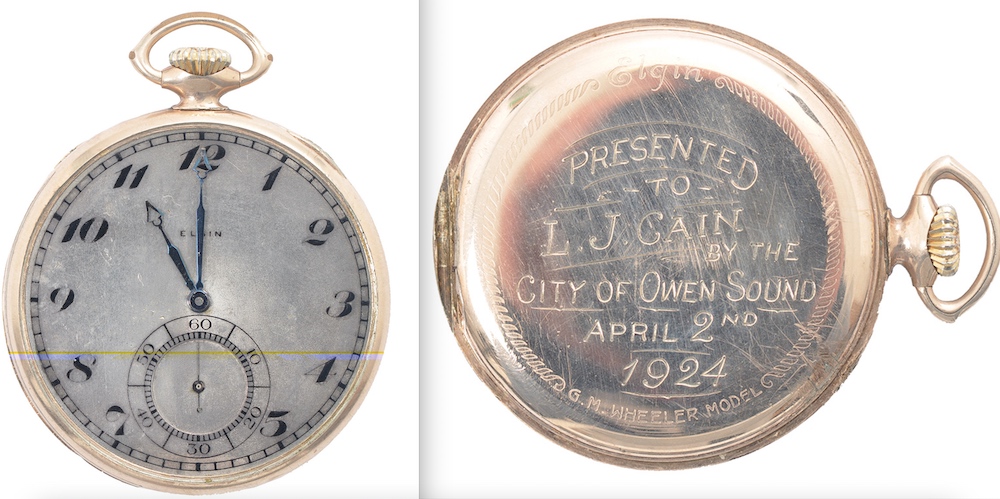
Despite reminders in the Sun-Times, not everyone at home in Owen Sound was aware of the time difference. Thousands of people began showing up outside the Sun-Times office at 8 p.m. Eastern. They had to wait more than two hours before reports began to show up around 10:30 local time. Soon, updates were arriving fast and furious. And as they had been thought the season, local telephone operators were kept busy with calls requesting updates.
The final score in an 11–7 Greys victory didn’t come in until well after midnight, but there were still some 3,000 fans waiting in the street to cheer the news. Two nights later, the Greys would suffer just their second loss of the season (and first since December) in a 5–4 Kenora victory. Both captain Larry Cain and manager Jimmy Jamieson claimed Owen Sound was cheated out of the tying goal by the goal judge, but the Greys still took the two-game series by a total score of 15–12.
For the Memorial Cup games, crowds of 4,500 and 5,000 stood in the streets of Owen Sound awaiting what would be quite detailed reports from Winnipeg which the Sun-Times displayed with bulletins and lantern slides. Goals from Keeling in the first and second periods, two from Weiland in the third, plus 34 saves on the night from Hedley Smith (who was knocked cold in the third period, but stayed in the game), led the Greys to a 5–3 victory.
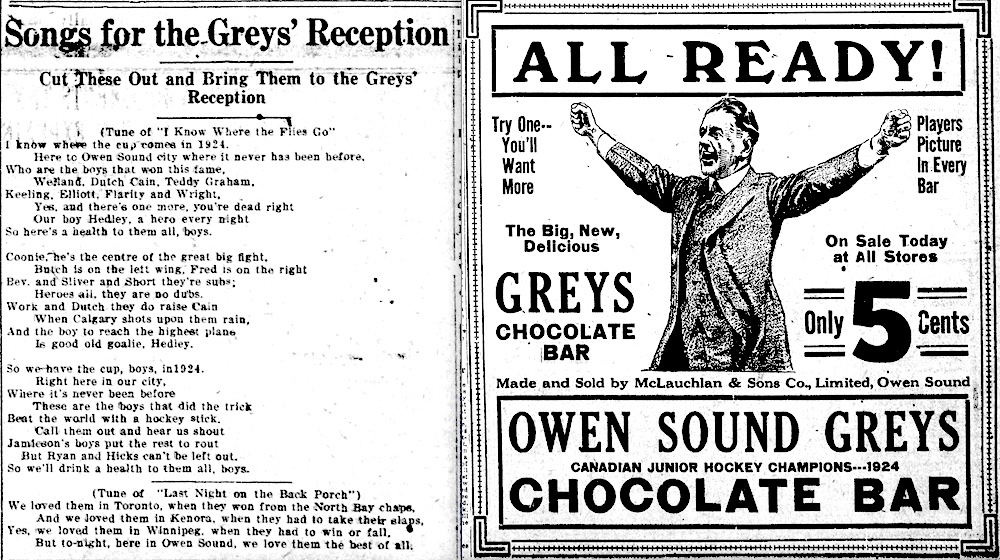
and an ad for the commemorative chocolate bar with hockey cards.
Winnipeg papers claimed Calgary outplayed Owen Sound in the second game, but everyone hailed Hedley Smith as the hero after he stopped nine shots in the first period, 16 in the second, and 24 in the third to preserve a 2–2 tie. Still, Jimmy Jamieson claimed the Greys played exactly as ordered, and that after Cooney Weiland scored early in the first period (he would score again late in the third) the team went into a defensive shell. Yes, Smith was called on to make 49 saves, but most of the shots, Jamieson said, came from long range and few were really dangerous.
Still, in Calgary, a headline in the Herald said “Superior Goal Tending of Smith Deciding Factor” and the game story claimed the 16-year-old Owen Sound goalie (he would turn 17 on April 23) “showed form that rivalled the best in paid company.” Sports editor W.J. Finlay of the Manitoba Free Press thought Smith “stood out last night like a brilliant gem amid clear darkness,” using his “magic stick [and] lithe and flashing body [to] turn aside bullet drives and barrage-like attacks.” A story from Winnipeg to The Globe in Toronto said, “Owen Sound citizens, who are proud of their valiant young athletes, should erect a monument in memory of the performance of Hedley Smith.”
Smith himself credited the entire team. In reflecting on the 1924 victory in a 1962 story in the Sun-Times, Smith said: “Although we had nine players on the roster, most of the time six played the whole game. Teams change players at a fast rate today and this makes for a faster brand of hockey, but don’t ever think that Weiland, Keeling, Cain, [Teddy] Graham, and [Fred] Elliott couldn’t go if they had to. We had a terrific defense that year, and the opposition had few chances to work in for close shots. They were mostly long ones as Graham and Cain kept the players away from the net.”
In putting up their 22-2-2 record en route to the Memorial Cup a century ago, the Greys outscored their opponents 204-69
.
* * * * * * * * * * * *Part III – By George, It’s Fred!
One hundred years later, there’s reason to doubt Owen Sound’s success during the 1923–24 season. Not that they weren’t a dominant team. Judging by their record — and newspaper reports from all across the country — they certainly were. But, they may have cheated! Perhaps they didn’t know it … but somebody must have!
After defeating Kitchener to win the OHA championship on March 14, 1924, the Greenshirts announced they would protest the Greys’ victory. Kitchener team secretary Eddie Hearn notified the Ontario Hockey Association they believed Owen Sound’s George Elliott was really Fred Elliott playing under the birth certificate of his younger brother. A formal protest was made the following day.
Elliott had come to Owen Sound in the fall of 1923 from his hometown of Clinton, Ontario. He even seems to have attended high school in Owen Sound, as an 18-year-old should have. But, strangely, throughout the 1923–24 season, newspapers seemed to flip-flop in referring to him as both George and Fred — although mostly Fred. It appears he was registered with the OHA that season as George Fred Elliott, and the Greys’ official championship photo after that season identifies him as G.F. Elliott … but it ain’t necessarily so.
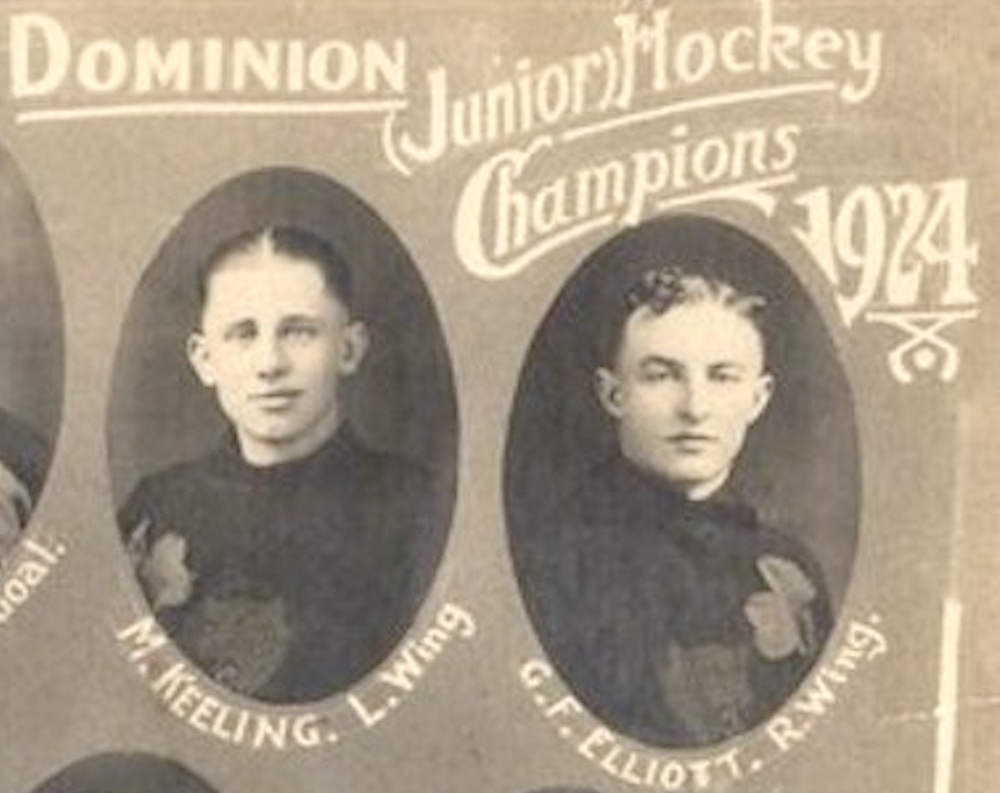
Kitchener’s protest was formally made on Saturday, March 15 and presented to Greys manager Jimmy Jamieson in Toronto that evening. “Word through Manager Jamieson to local executive men and from officials discount the protest,” reported the Owen Sound Sun-Times on Monday, March 17. “It is pointed out that Elliott was given a certificate by the OHA and that he played against Milverton, near which town he lives without any remarks from the Milverton management. As Elliott played for Clinton it is certain that Milverton knew that his playing was in order.”
Indeed, both Fred Elliott (a defenseman and forward) and his brother George (a goalie) had played for Clinton against Milverton during the 1922–23 season. George Elliott was still playing goal for the Clinton junior team when Milverton defeated them for the OHA Group 14 title in 1923–24. So, certainly, Milverton knew who the two brothers were. Still, they didn’t necessarily know their birth dates, and that would seem to be the issue more so than their names.
As Jamieson had confidently predicted, the OHA dismissed the Greenshirts’ protest at a noon meeting on March 19. (If it had been upheld, the Greys would have been disqualified, their wins against Kitchener and North Bay wiped out, and those two teams would have played off to continue their Memorial Cup hunt.) As it was, a lawyer representing the Kitchener team “had practically no evidence of any nature,” the Sun-Times said. “On the other hand, the Owen Sound club had Elliott’s birth certificate, his hockey registration certificate, an affidavit from himself, and affidavits from his parents to the effect that he was George Fred Elliott, mentioned in his certificate, which gives his date of birth as 1905.”
But he wasn’t George Fred Elliott! And he wasn’t born in 1905.

Genealogical records confirm that George Franklin Elliott of Clinton, Ontario, really was born in 1905, but our friend “Frecky” as Fred was known, was actually Frederick H. (Henry) Elliott … and he was born in 1903. Given OHA rules required that a player had not yet reached his 20th birthday on the first day of January in the season in which he intended competing — and that Elliott would have been almost 21 by January 1, 1924 — he was most certainly overage. Someone in the family must have forged the records somehow.
The Greys might not have known this, but certainly Fred and his parents did!
The 1911 Canadian Census has the spelling of the family name as Elliot, but it clearly shows eldest child Frederick as the 8-year-old son of William and his wife Ada with his birth noted as February 1903. George is 6 with his birth listed as February 1905. The 1921 Census has no dates, but Frederick is now 18 and George 16. (There are also younger siblings Reta and John who have similarly aged 10 years.) Furthermore, the Clinton News-Record of February 19, 1903, has a birth notice for twin boys born to Mr. and Mrs W.J. Elliott the previous day; February 18. Interestingly, Ontario birth records available through Ancestry (thank you Jonathon Jackson!) list William John Elliott (who, according to the Clinton newspaper, died just two weeks later on March 3) and Frederick H. Elliott being born on February 17, 1903…
But this is most certainly the same person.
And he was NOT born in 1905.
So, somebody got away with something!
